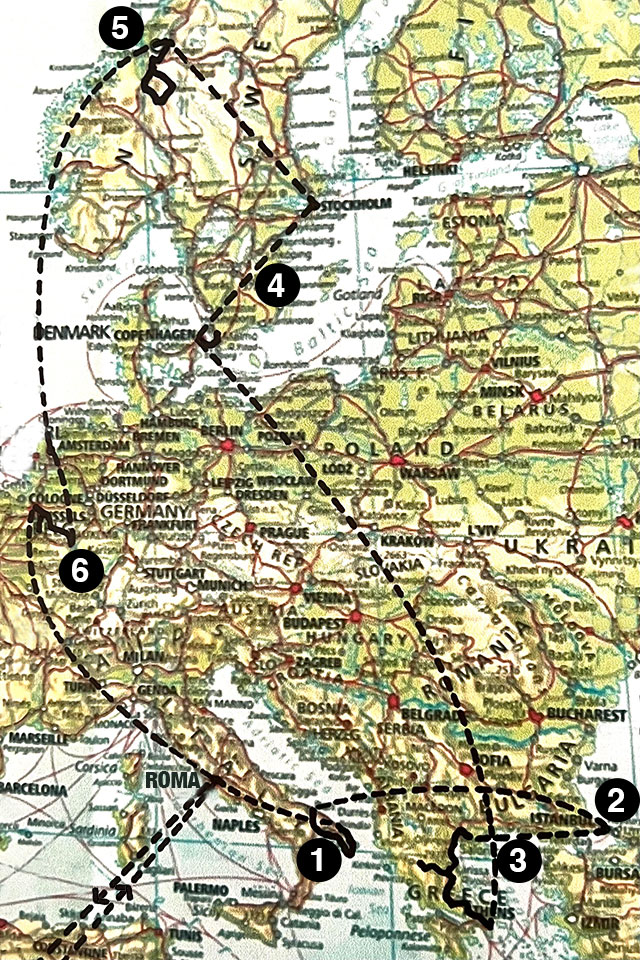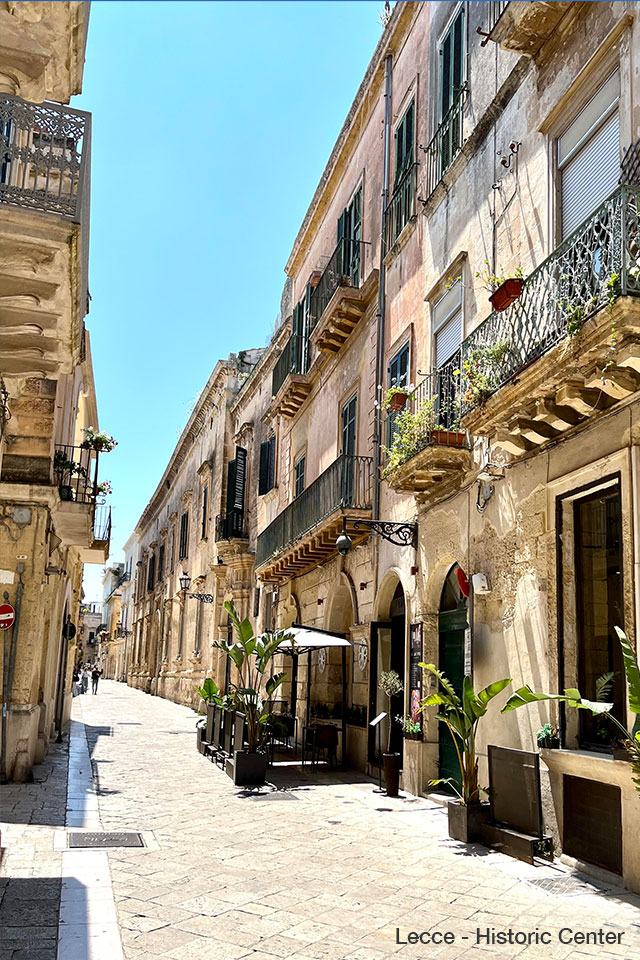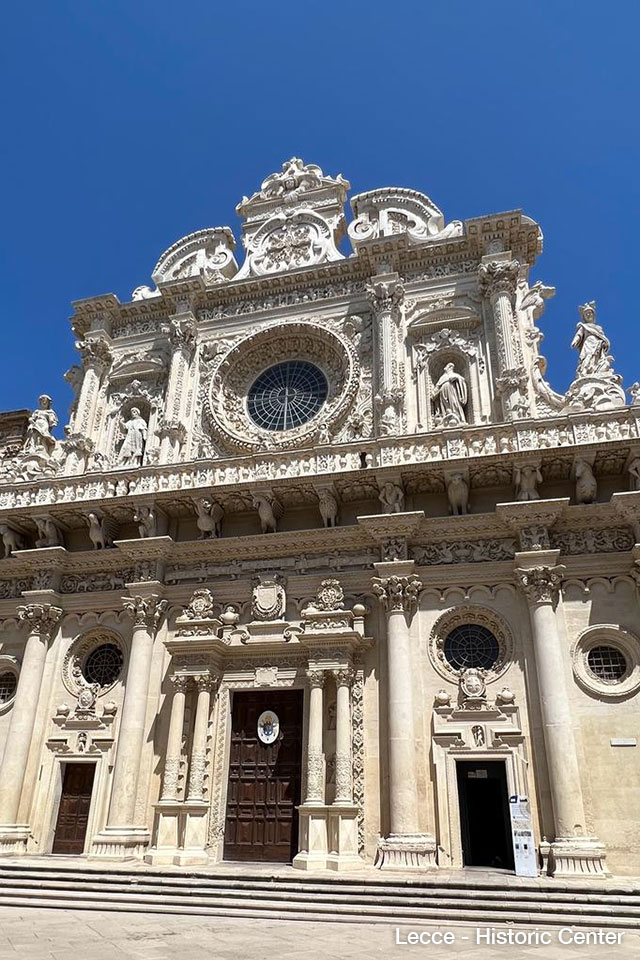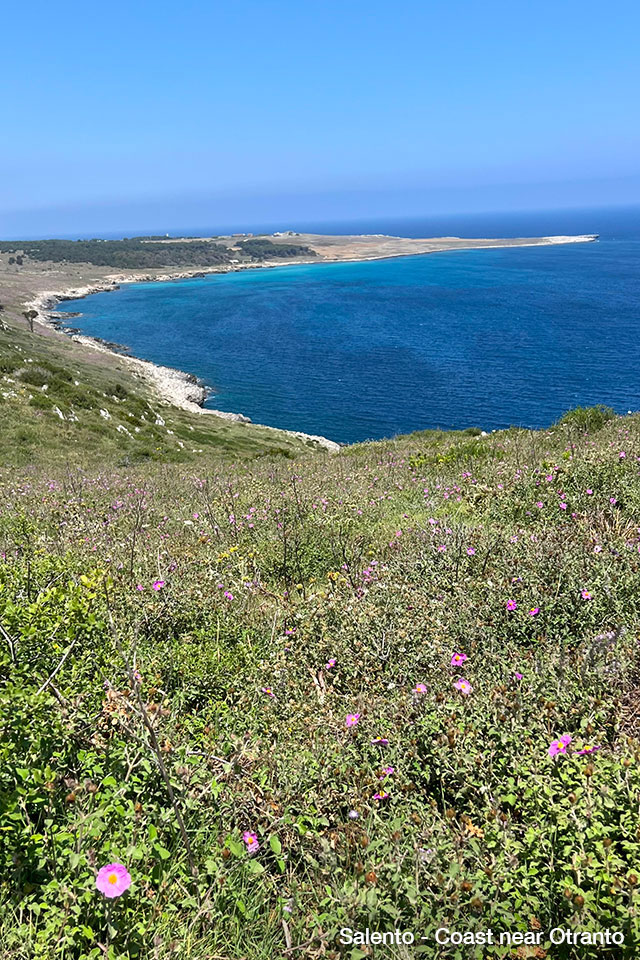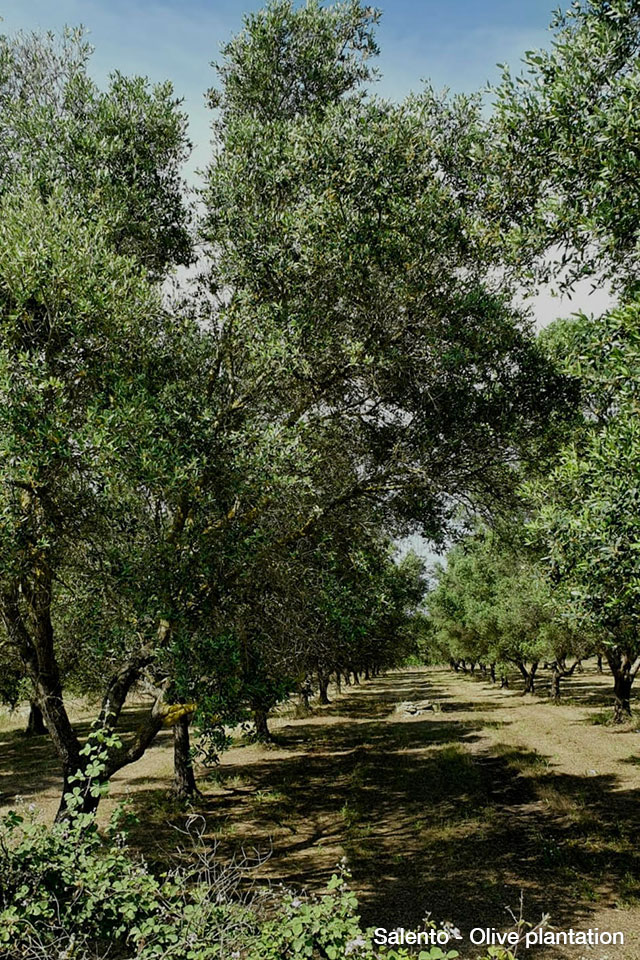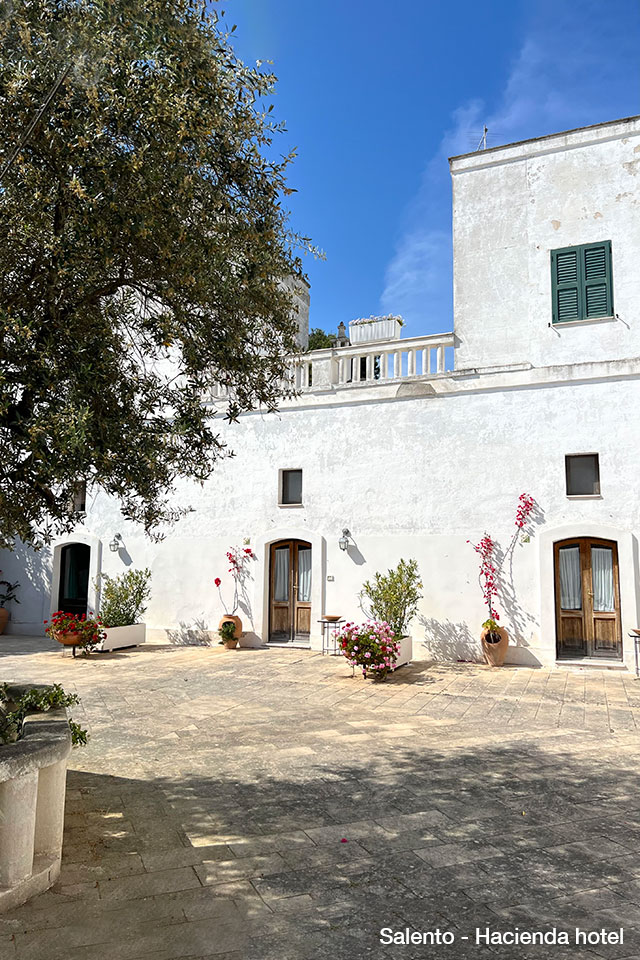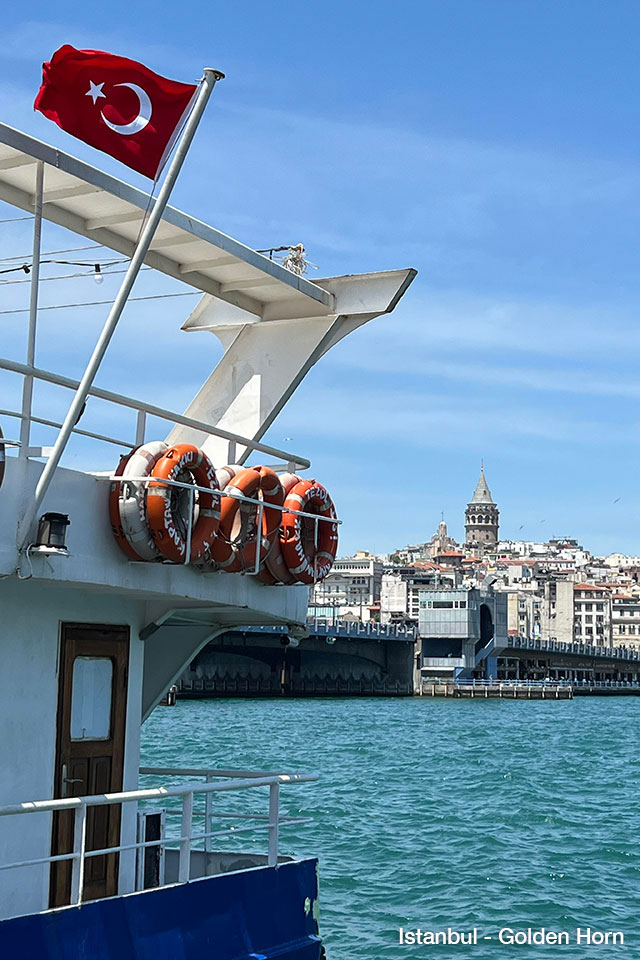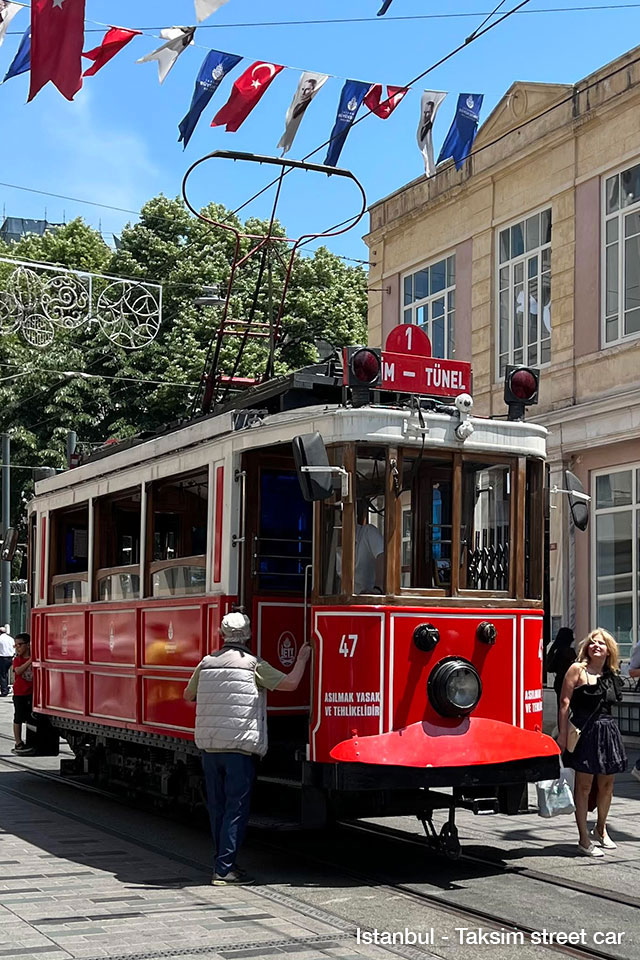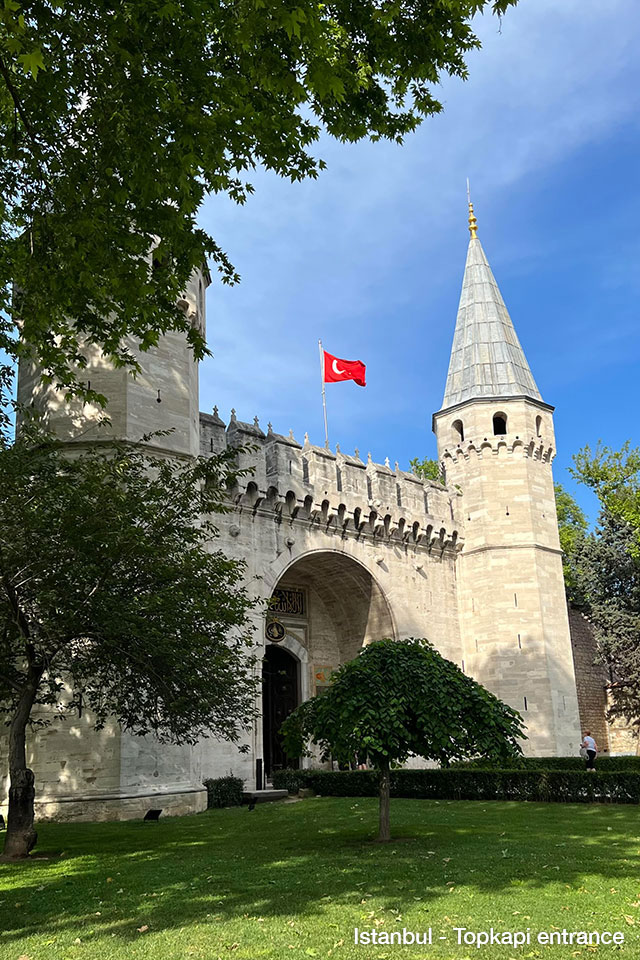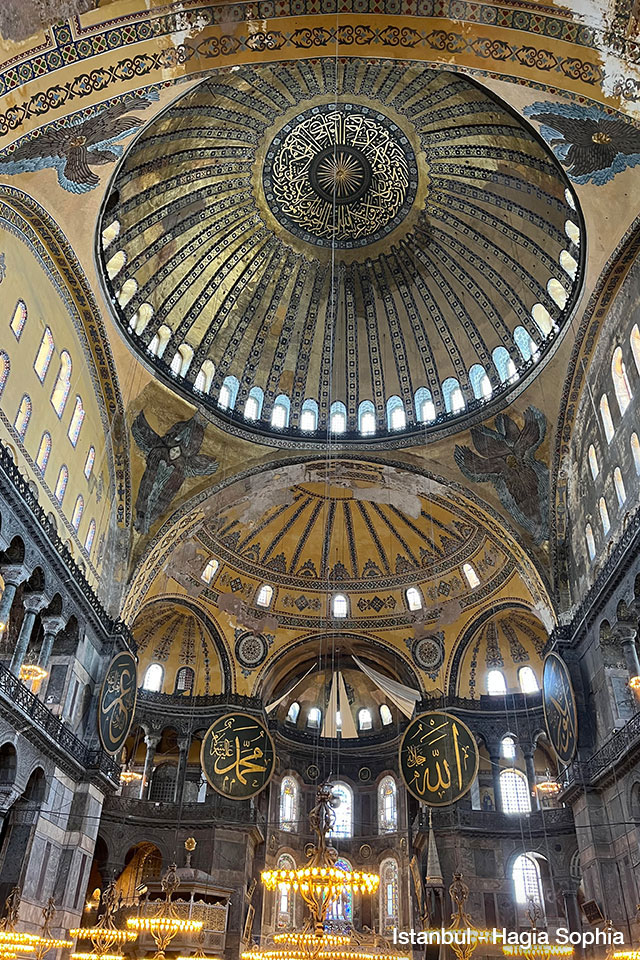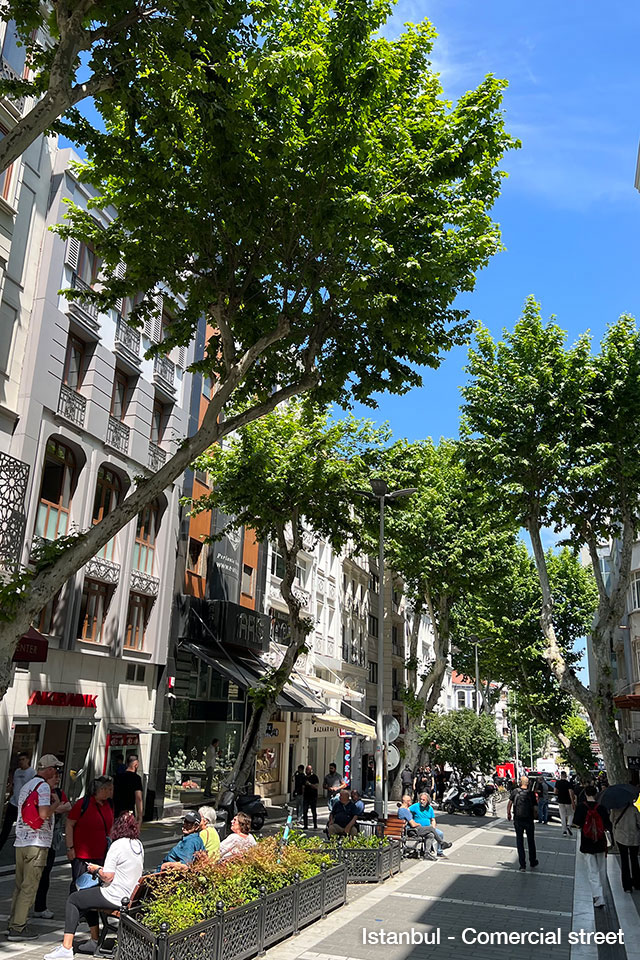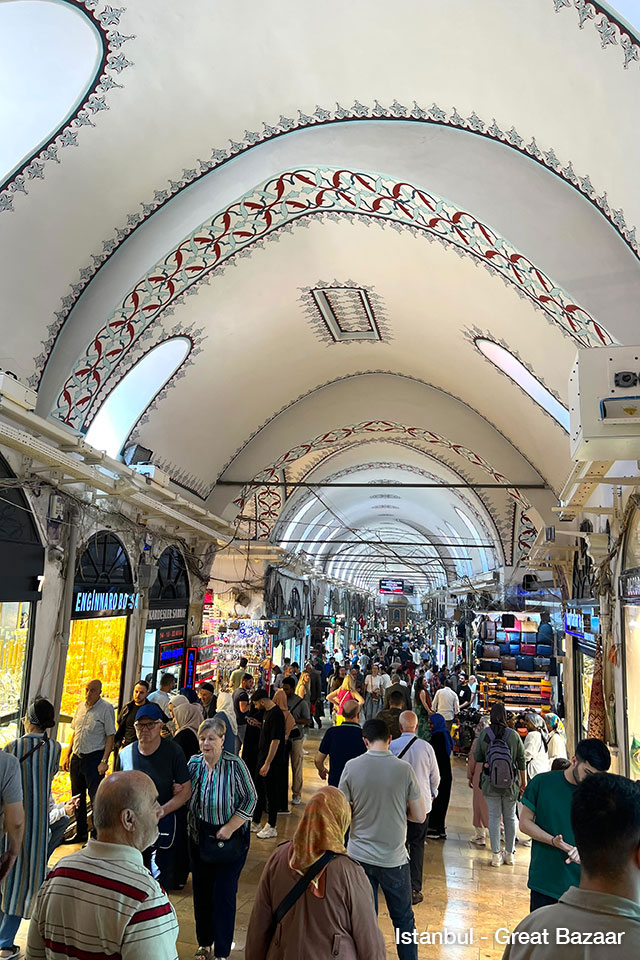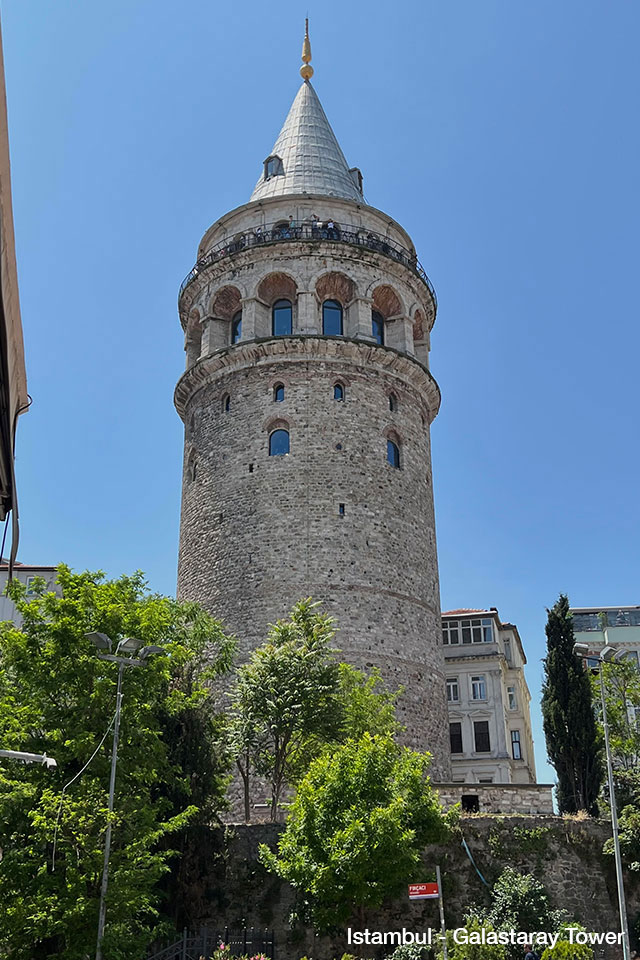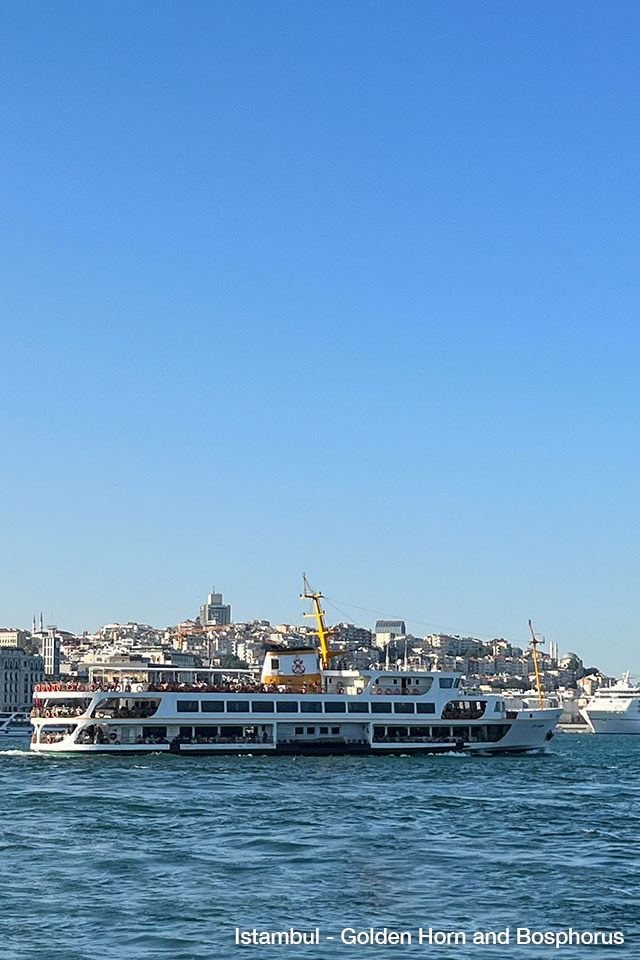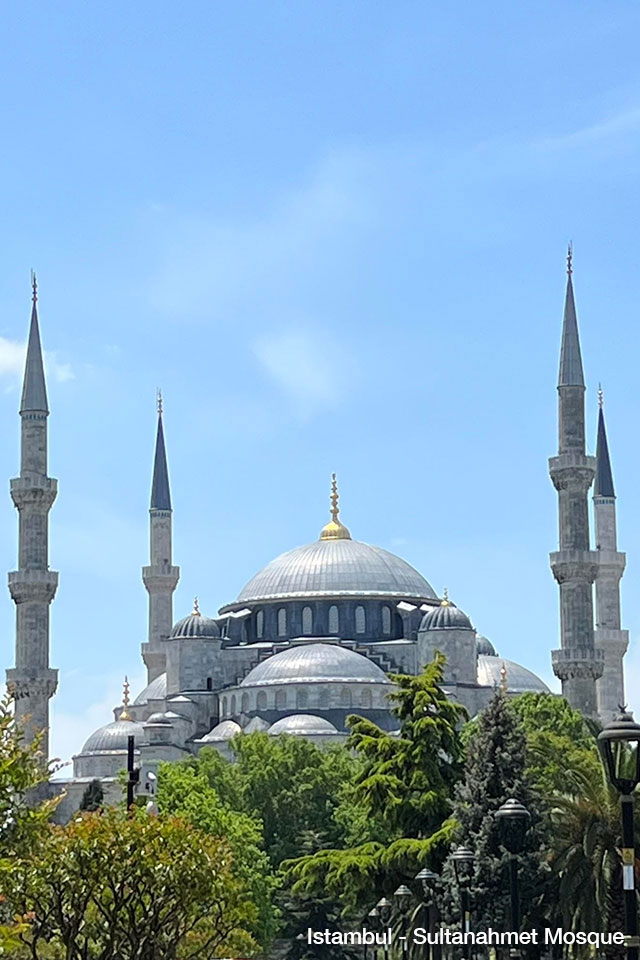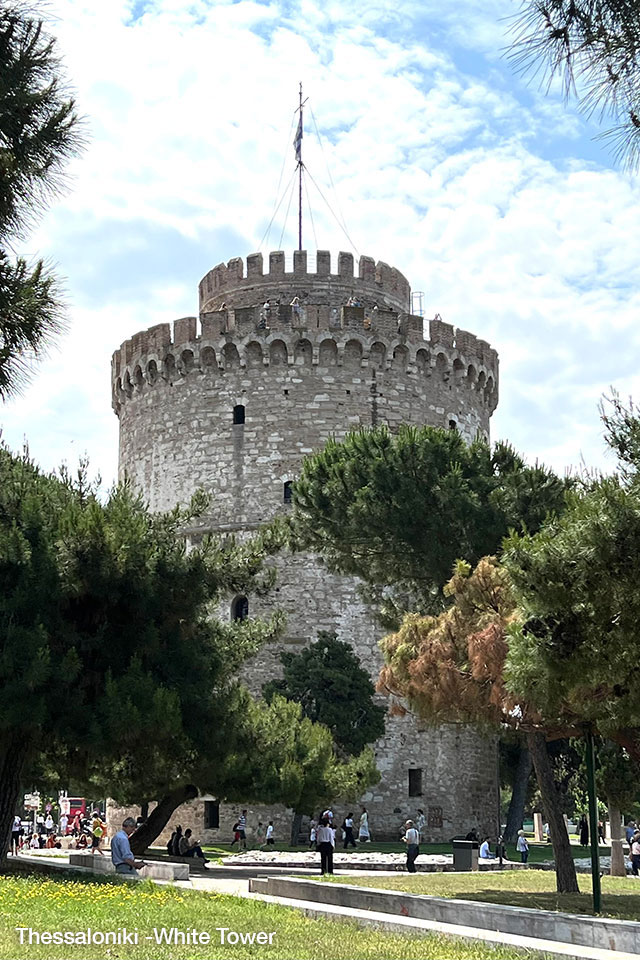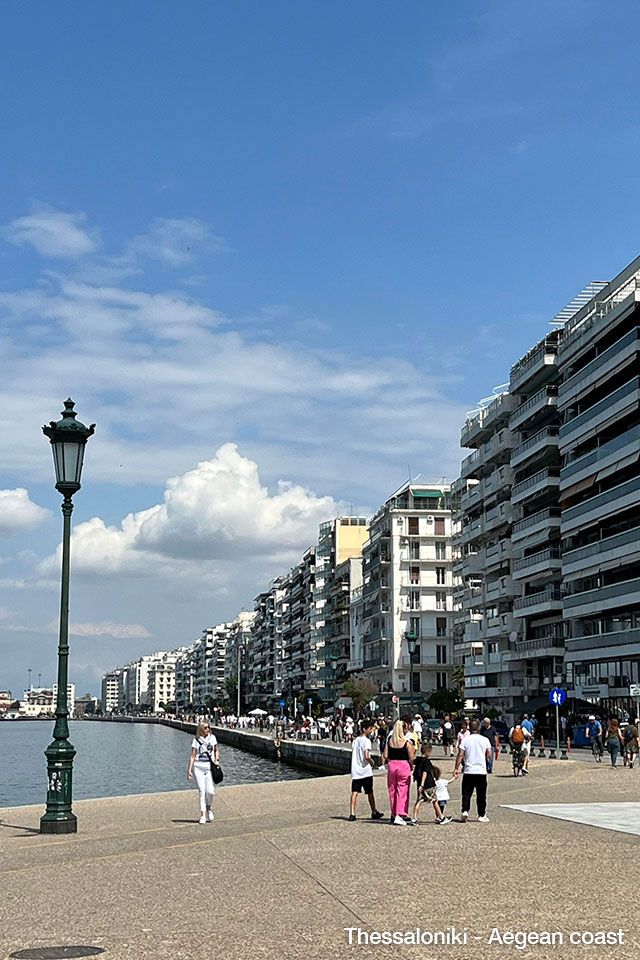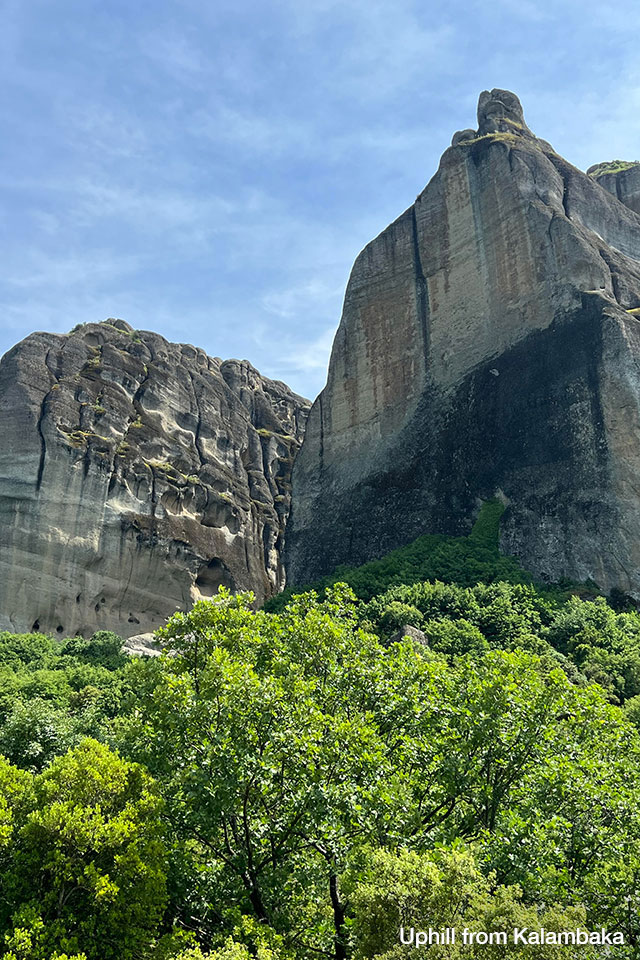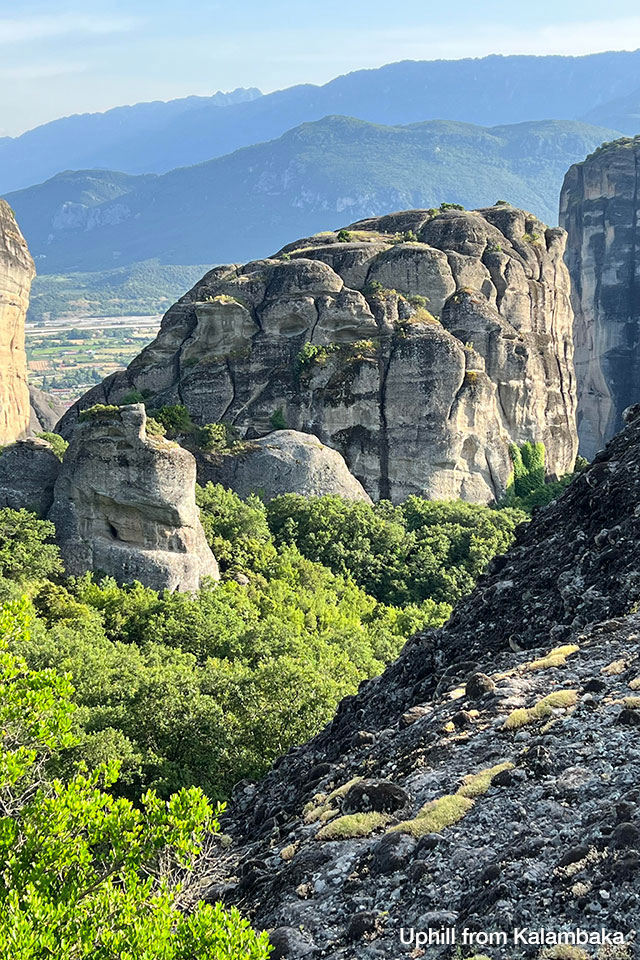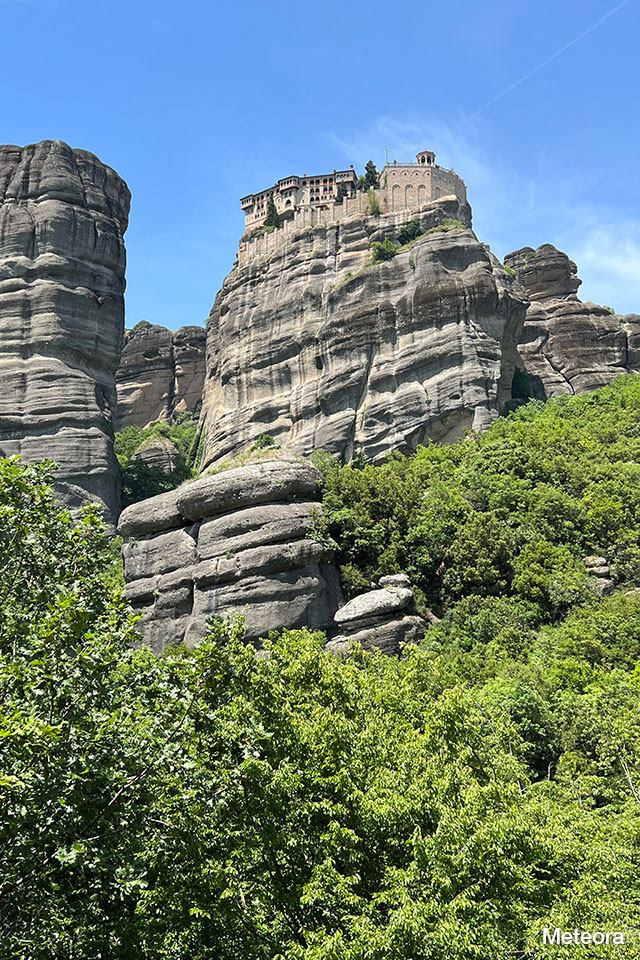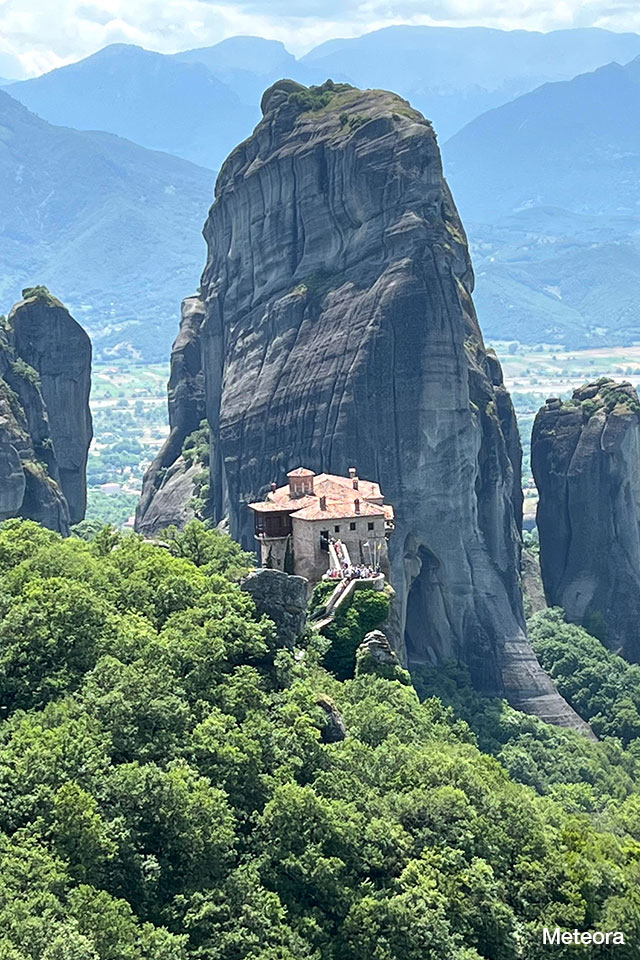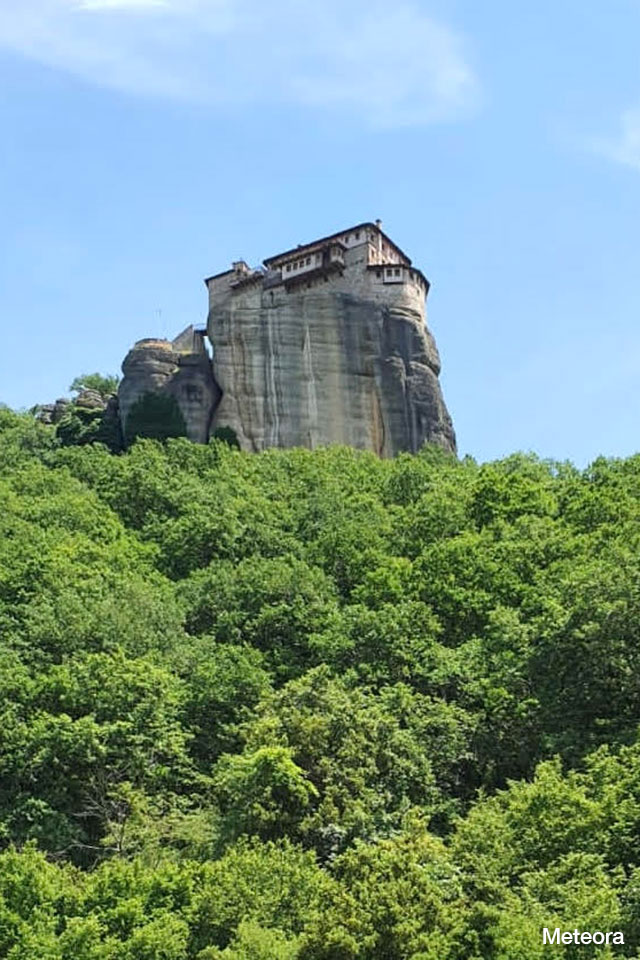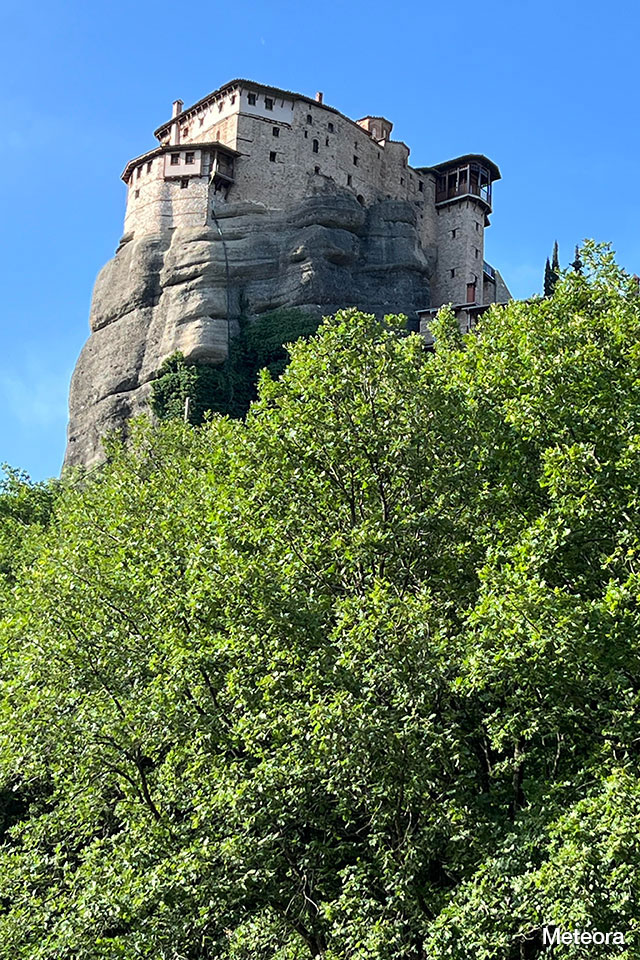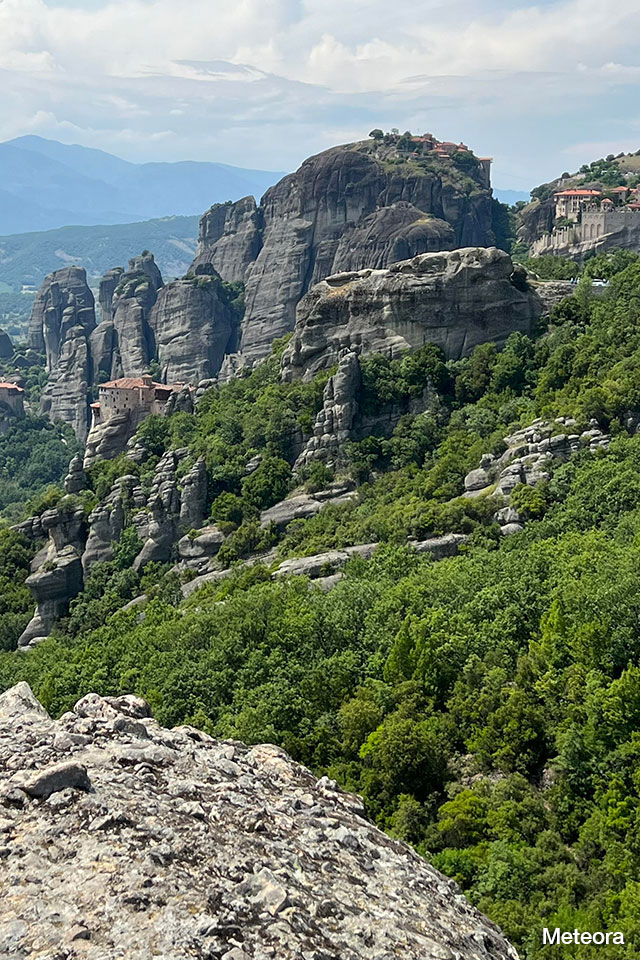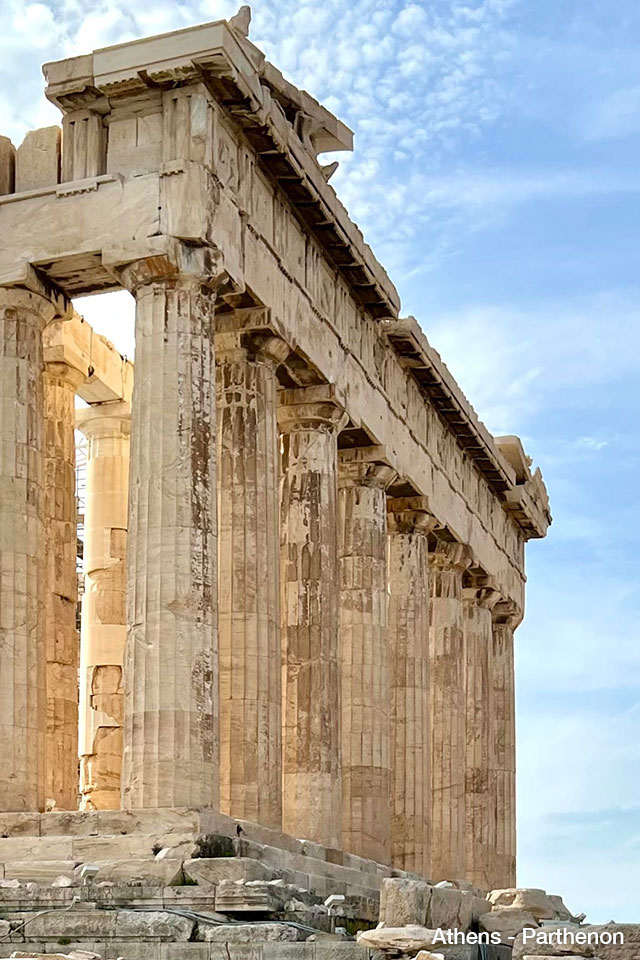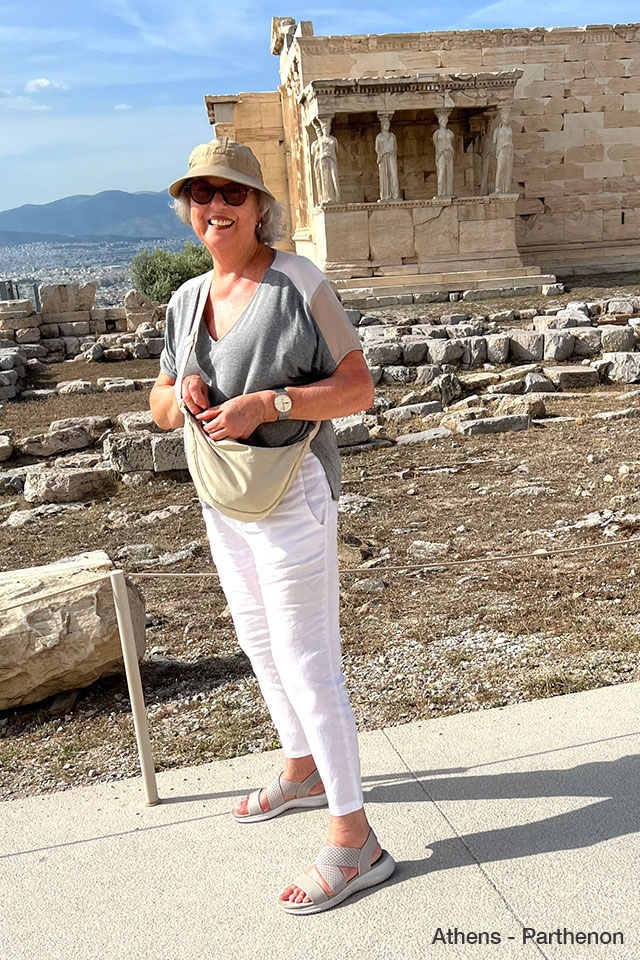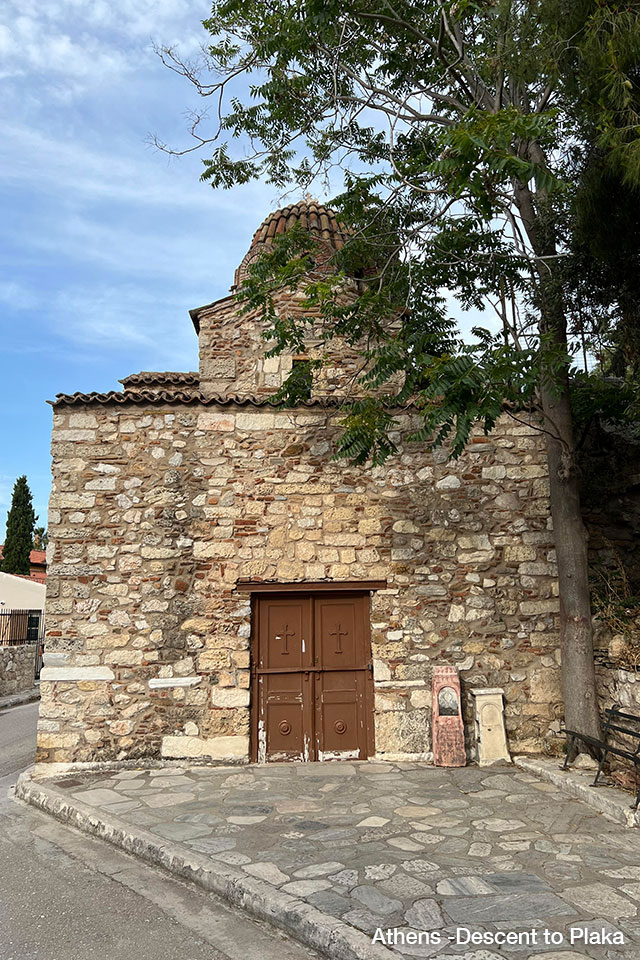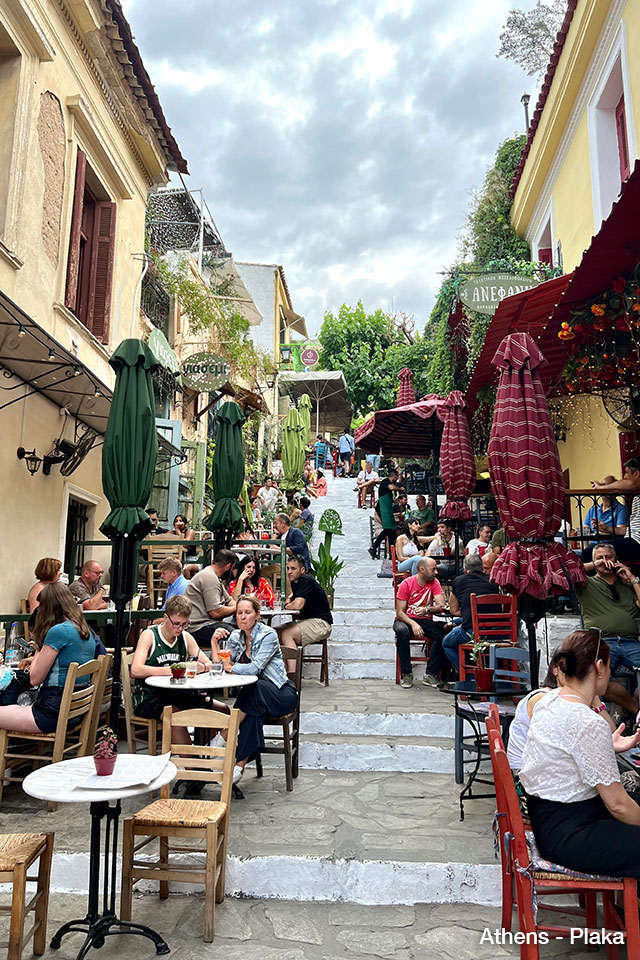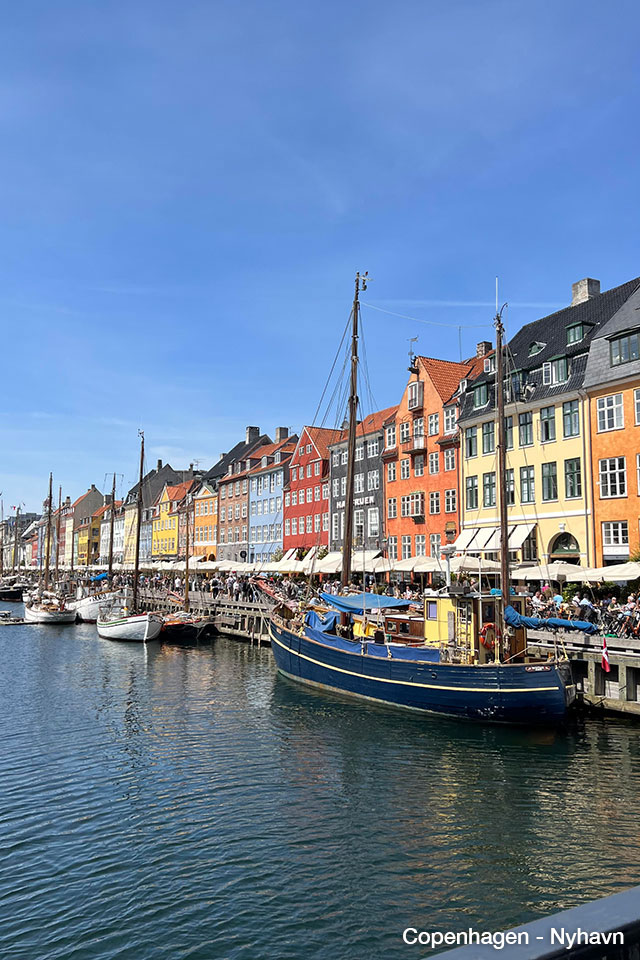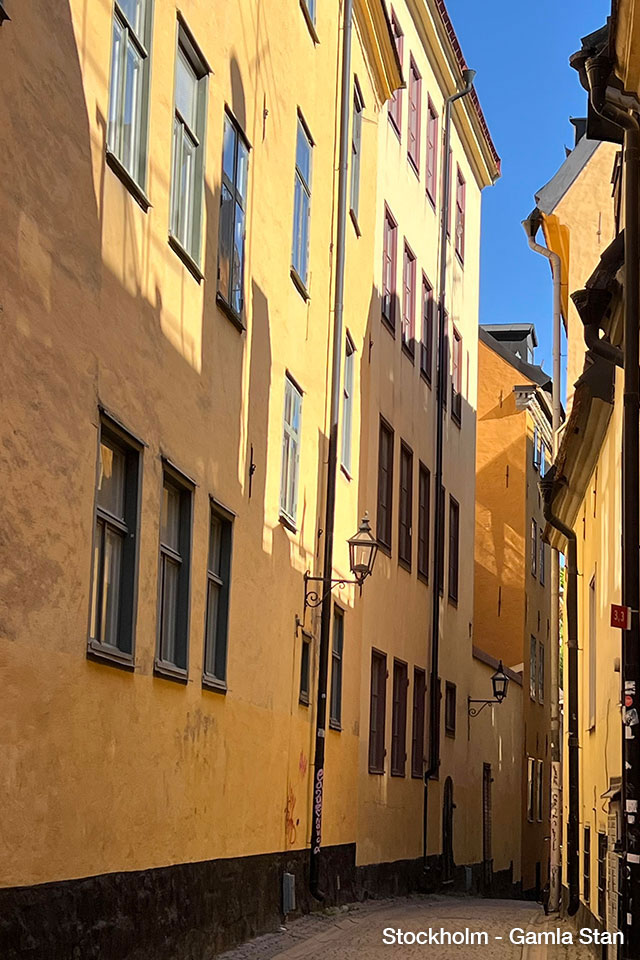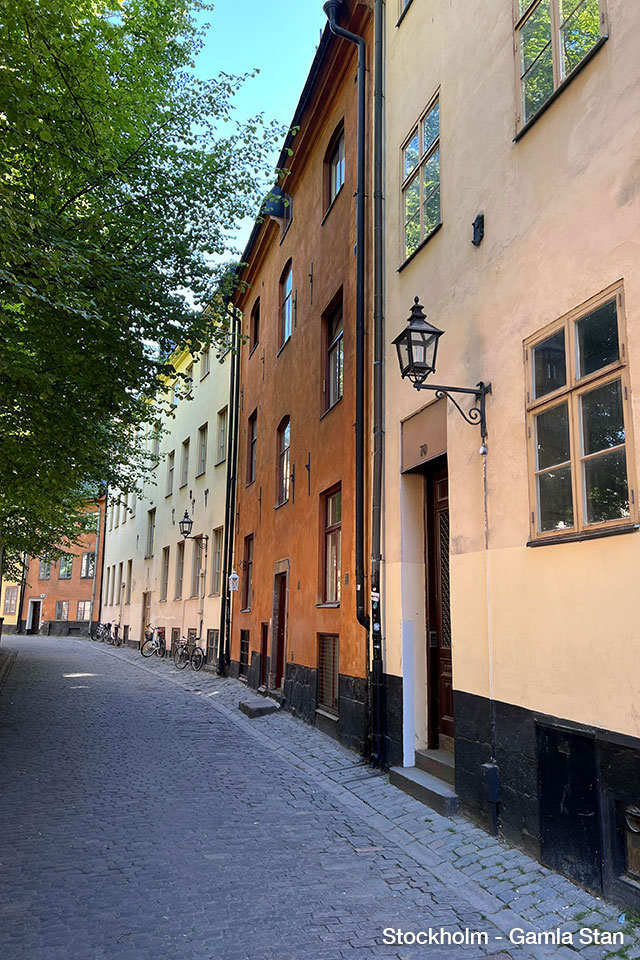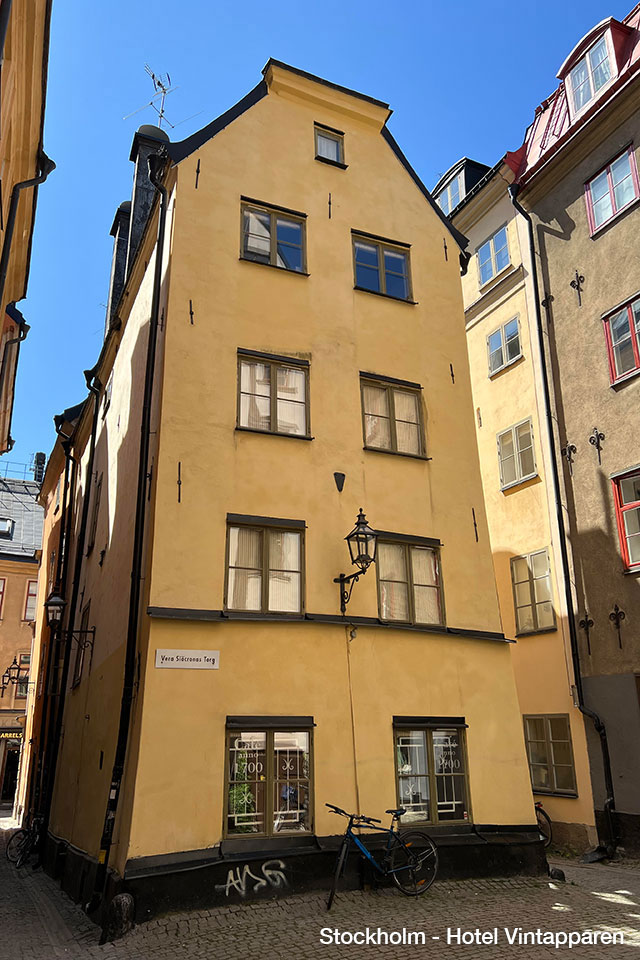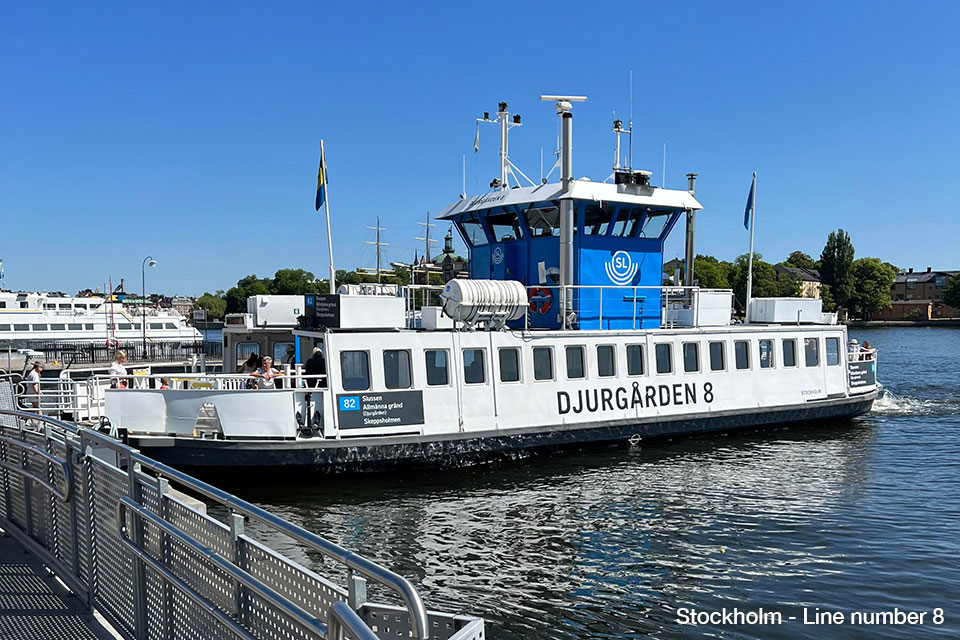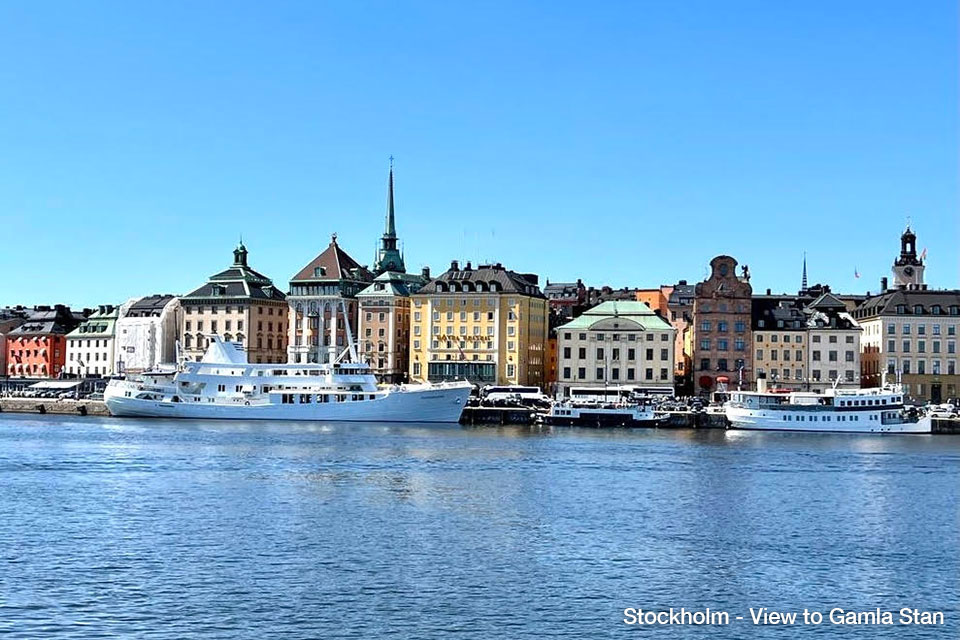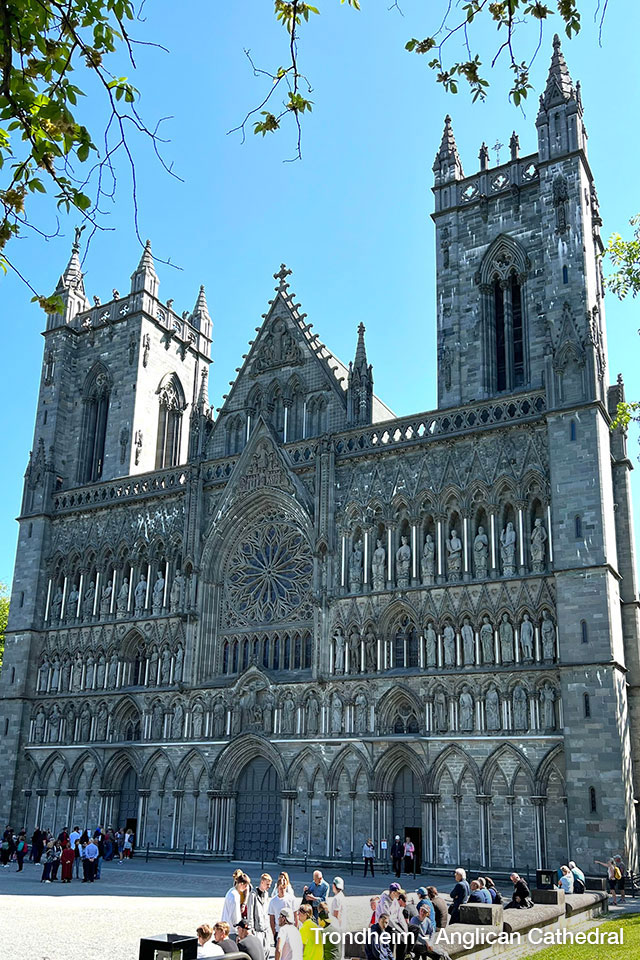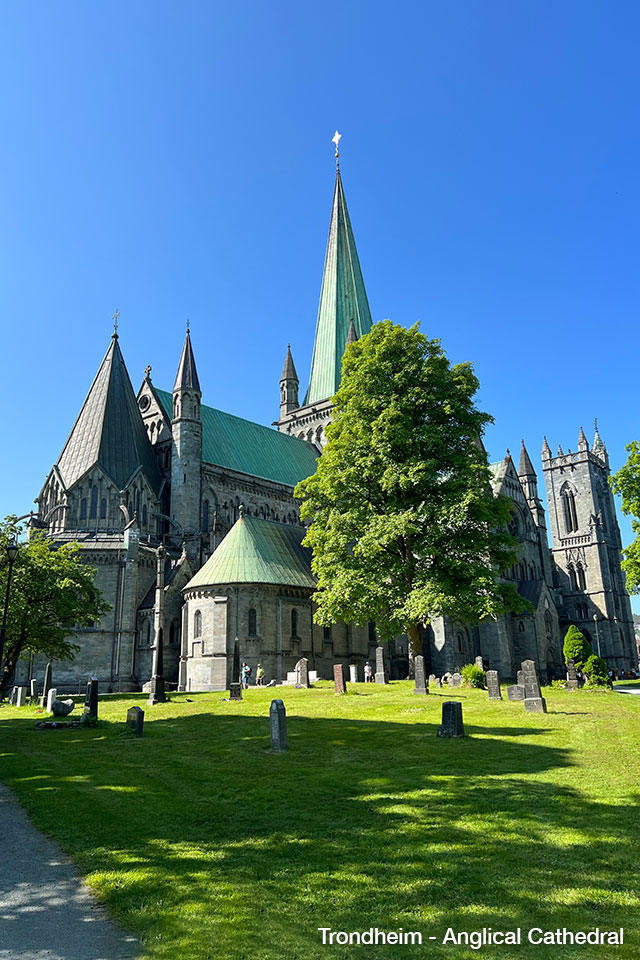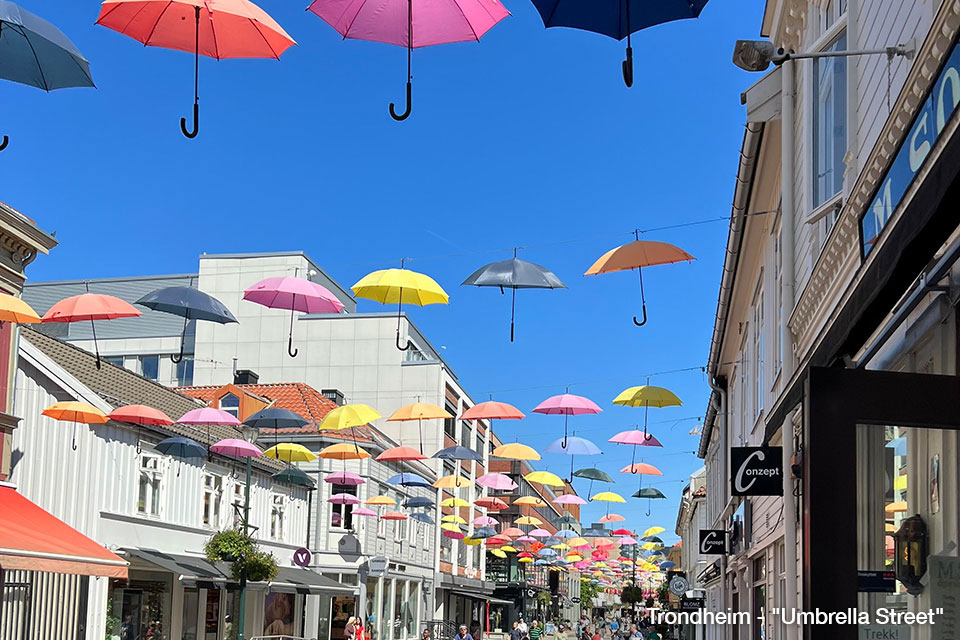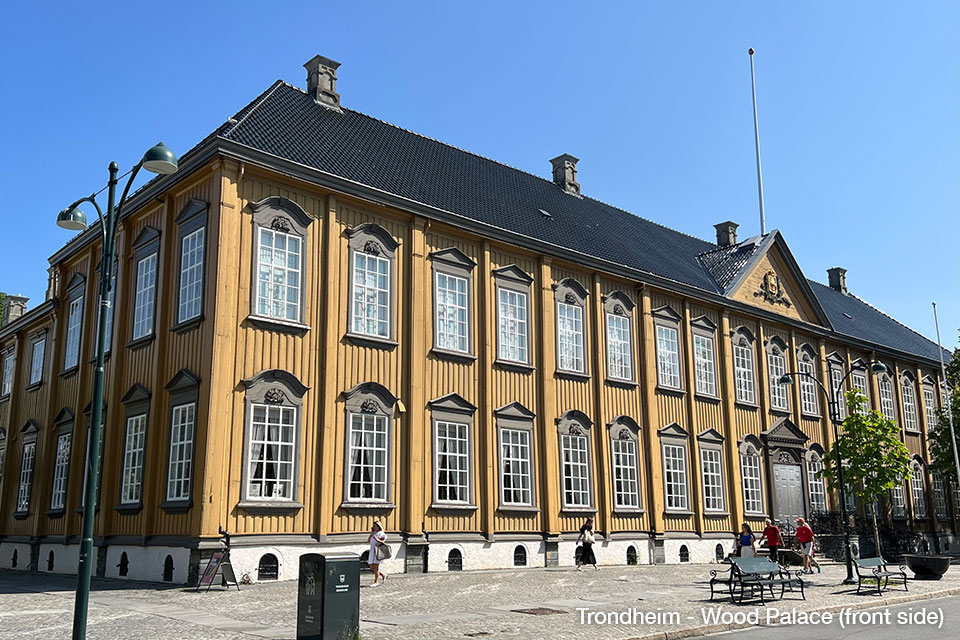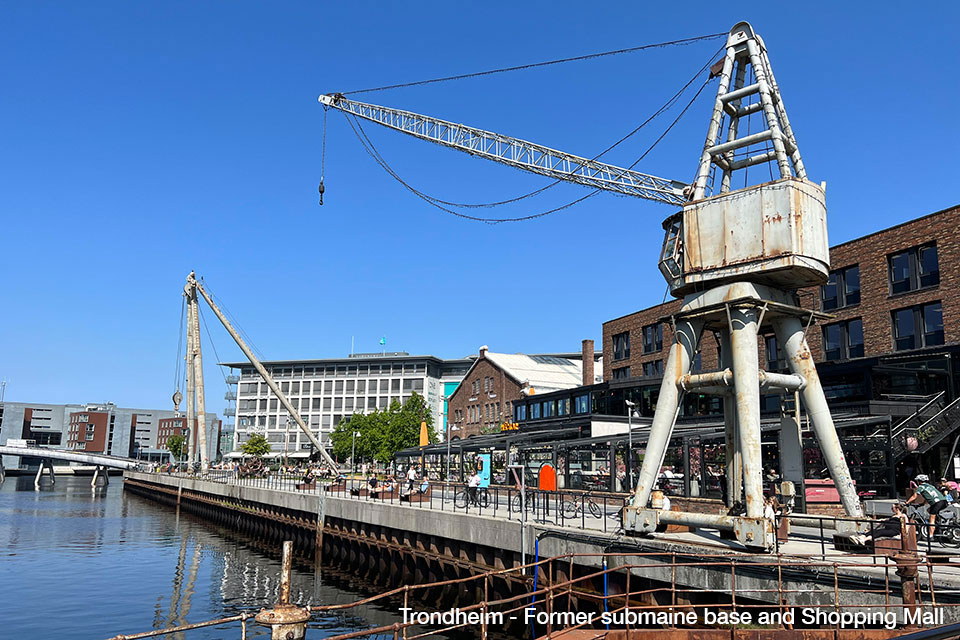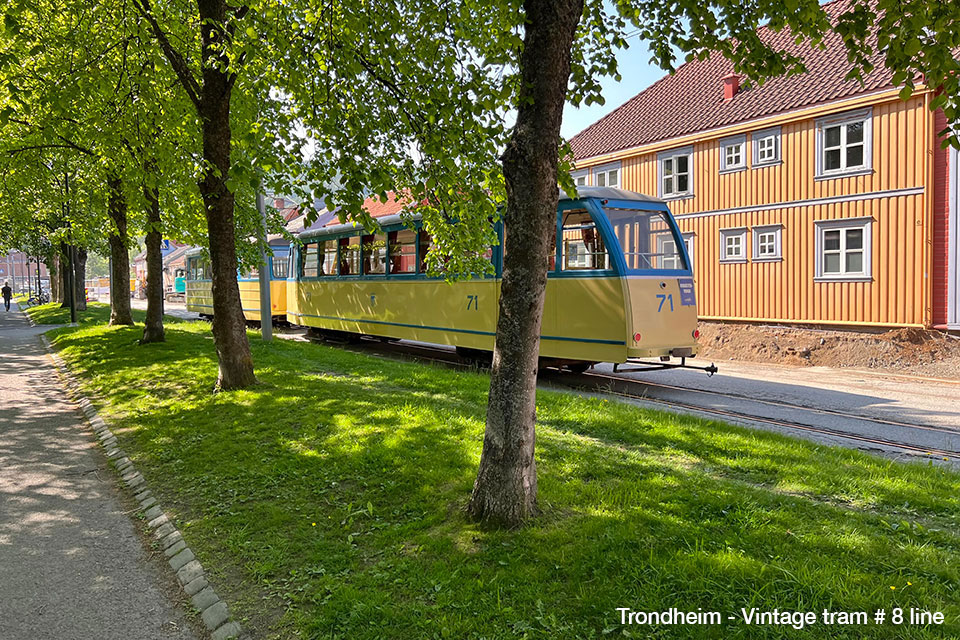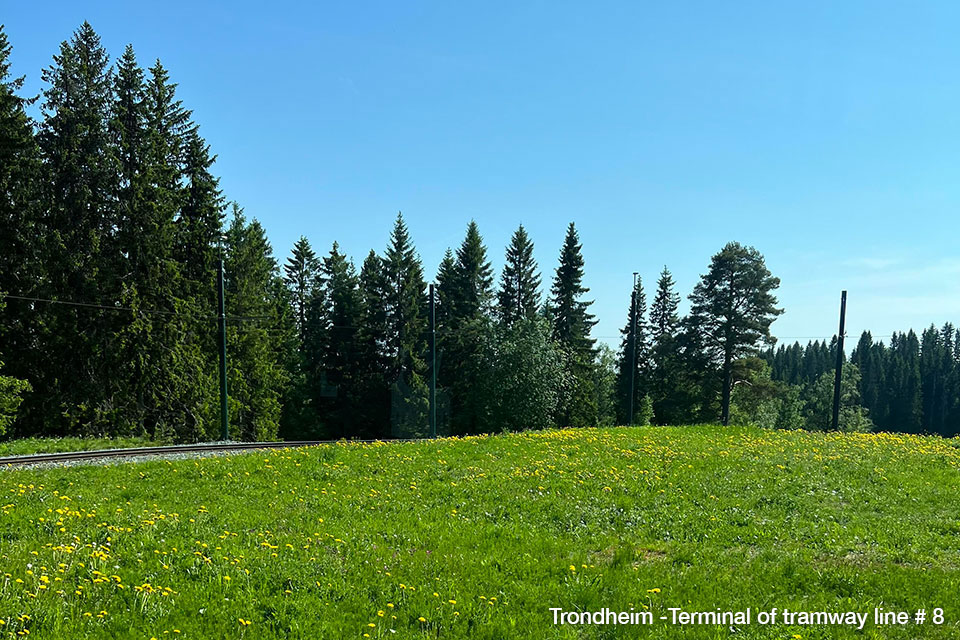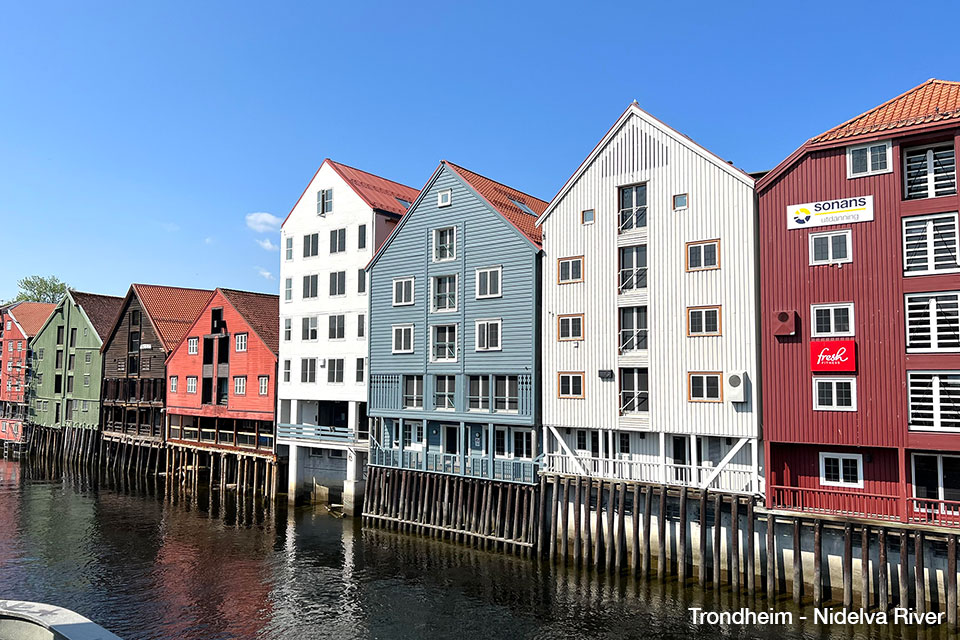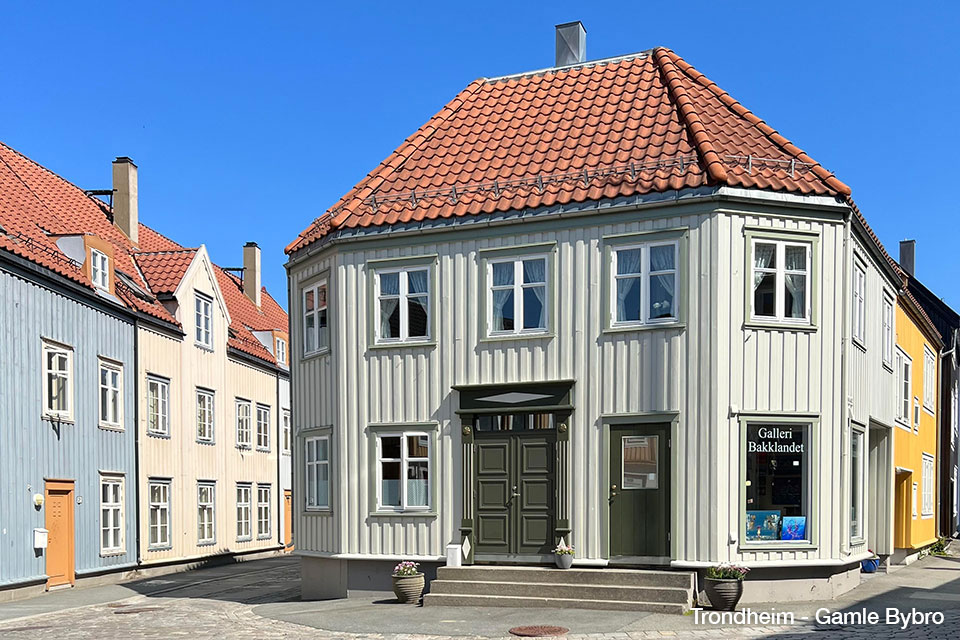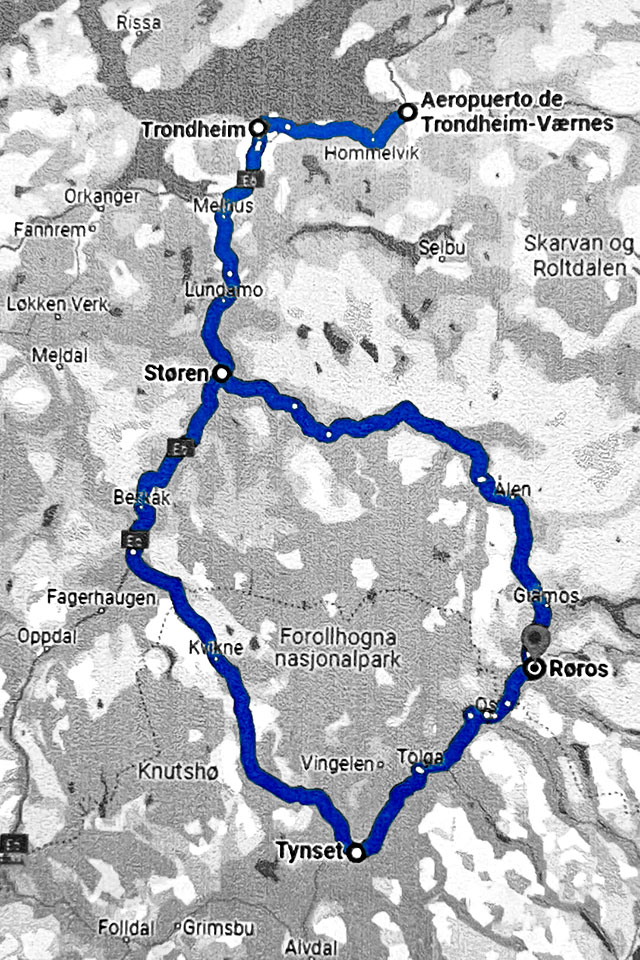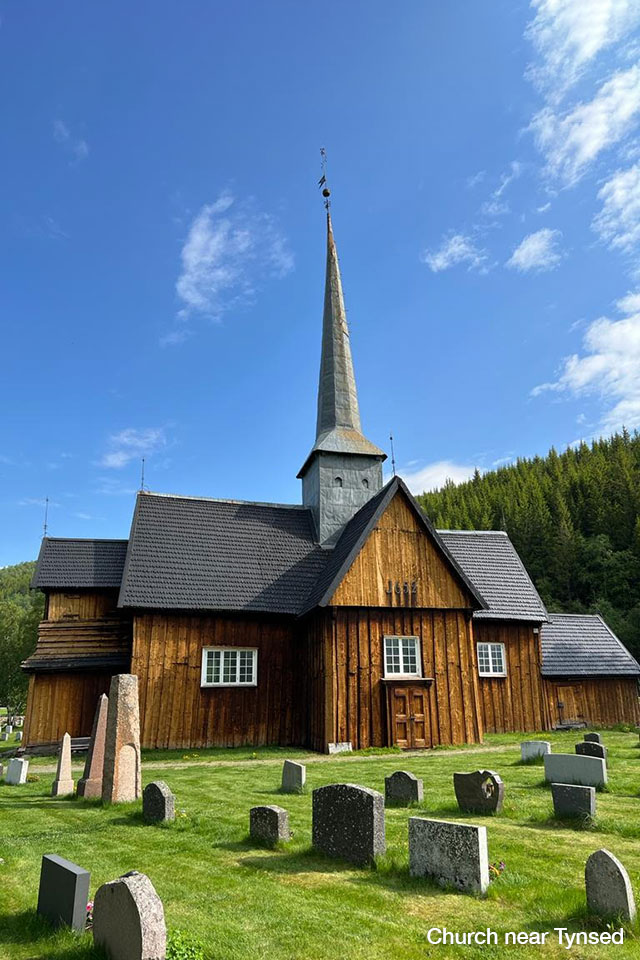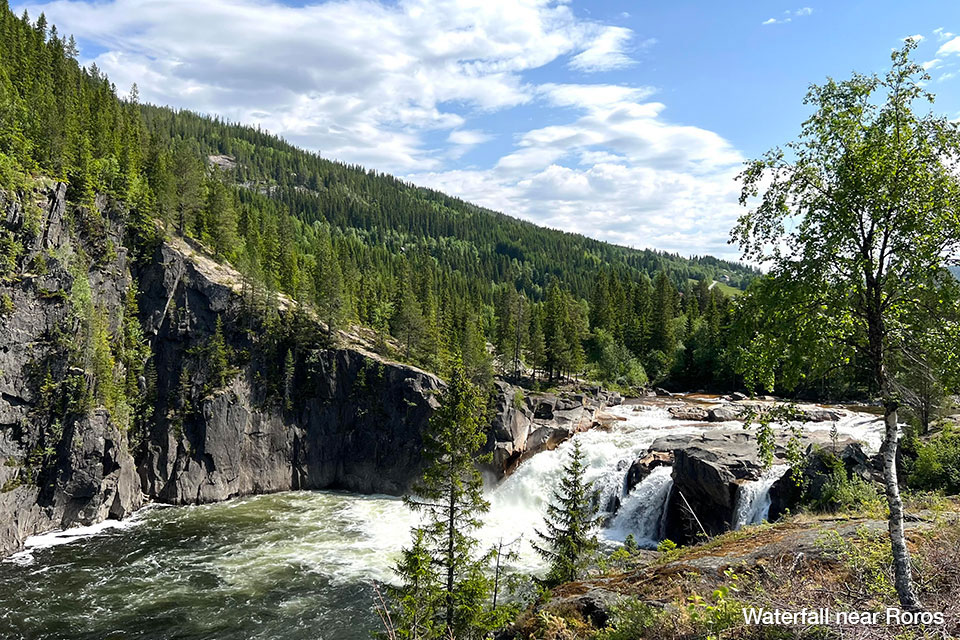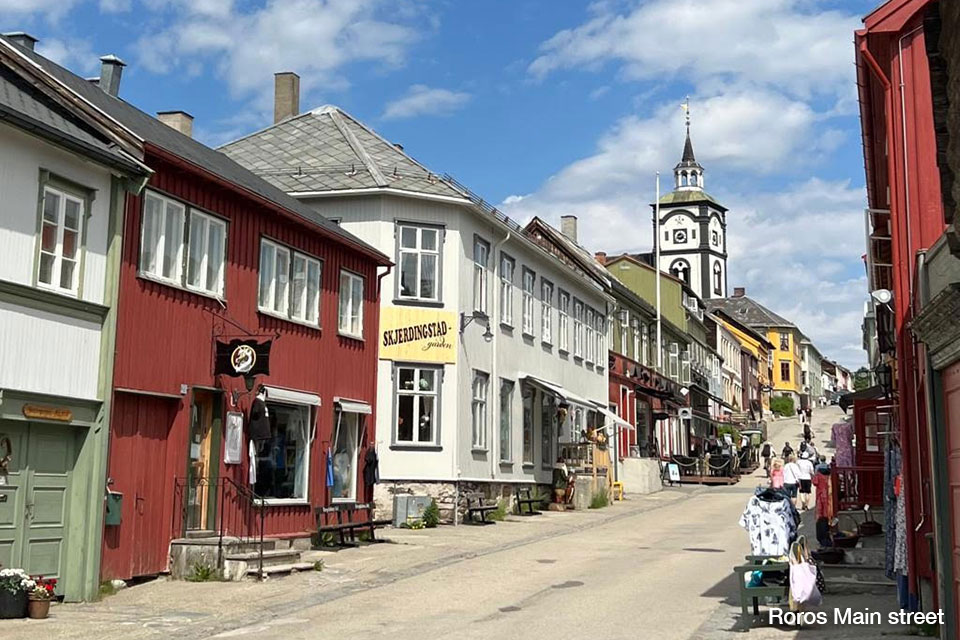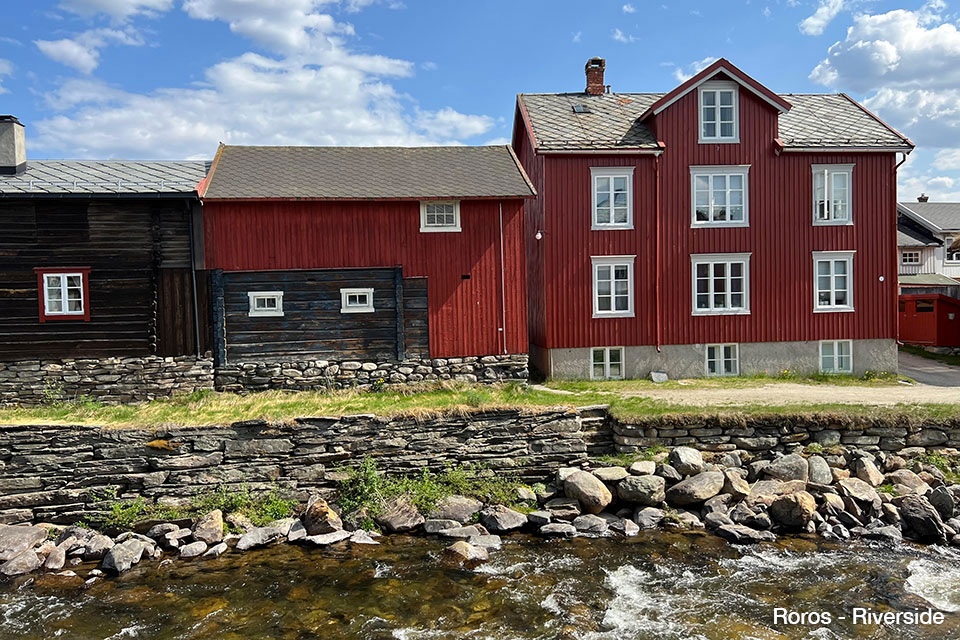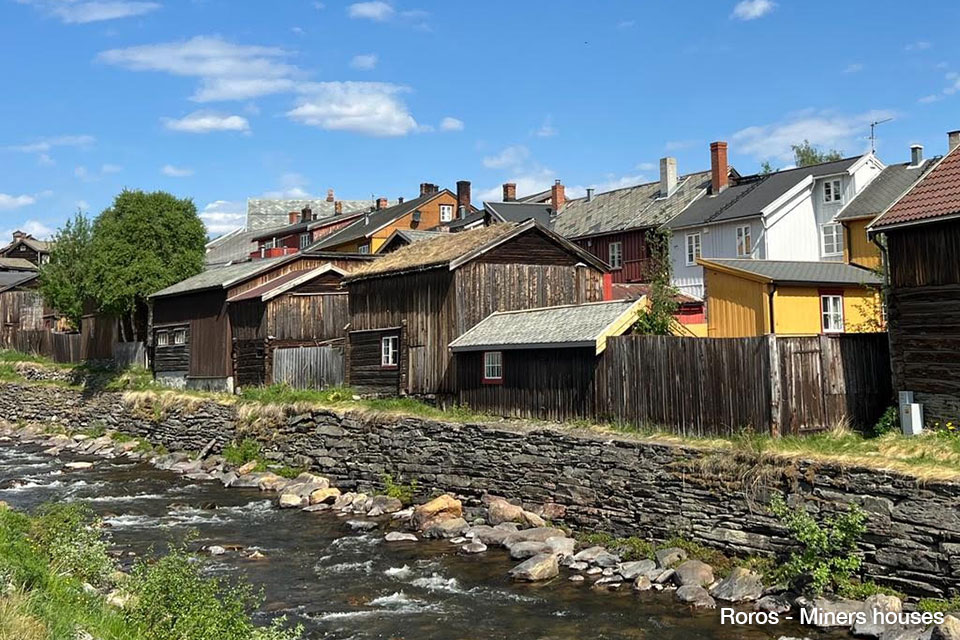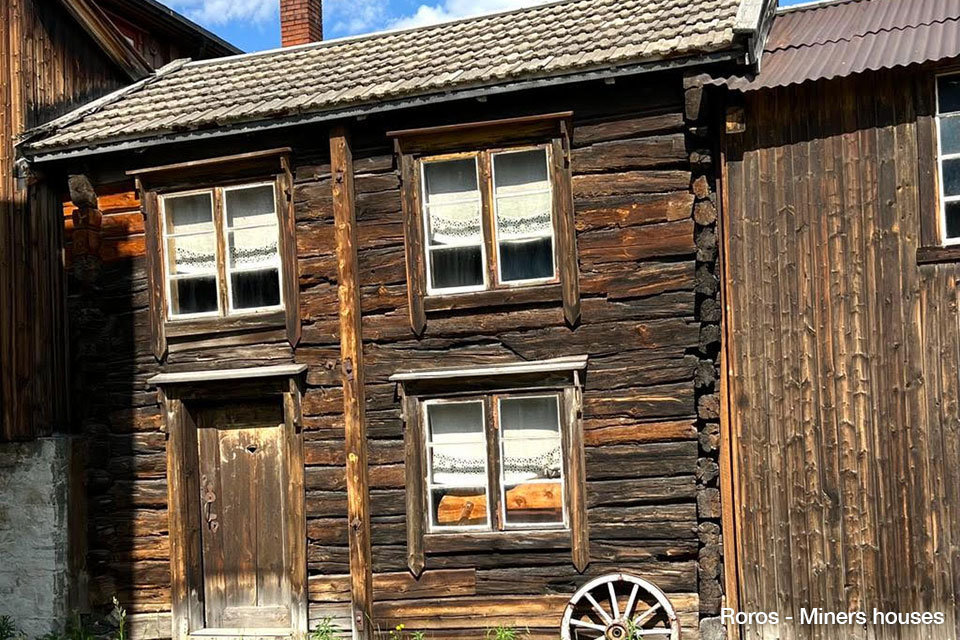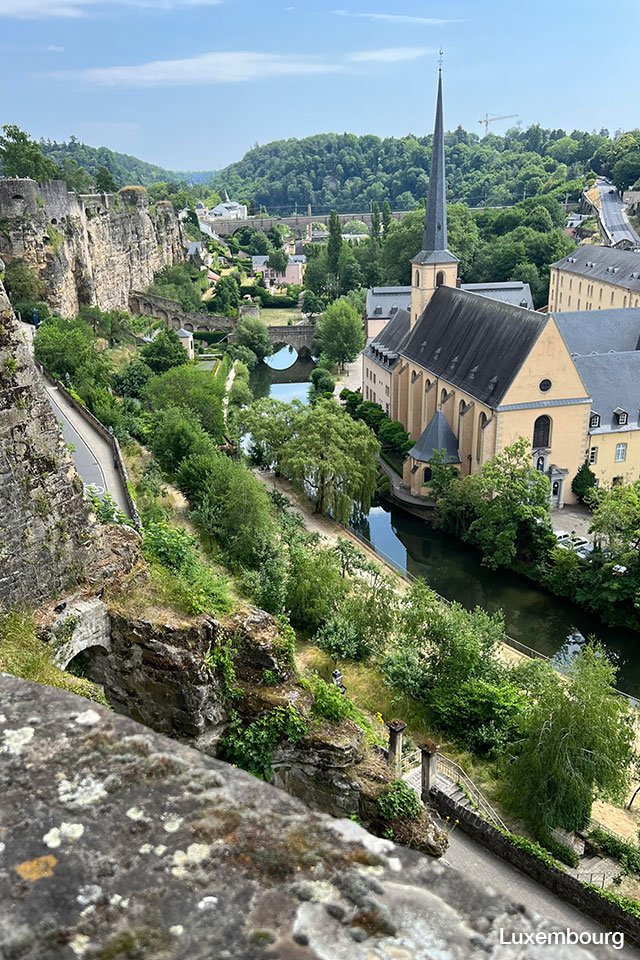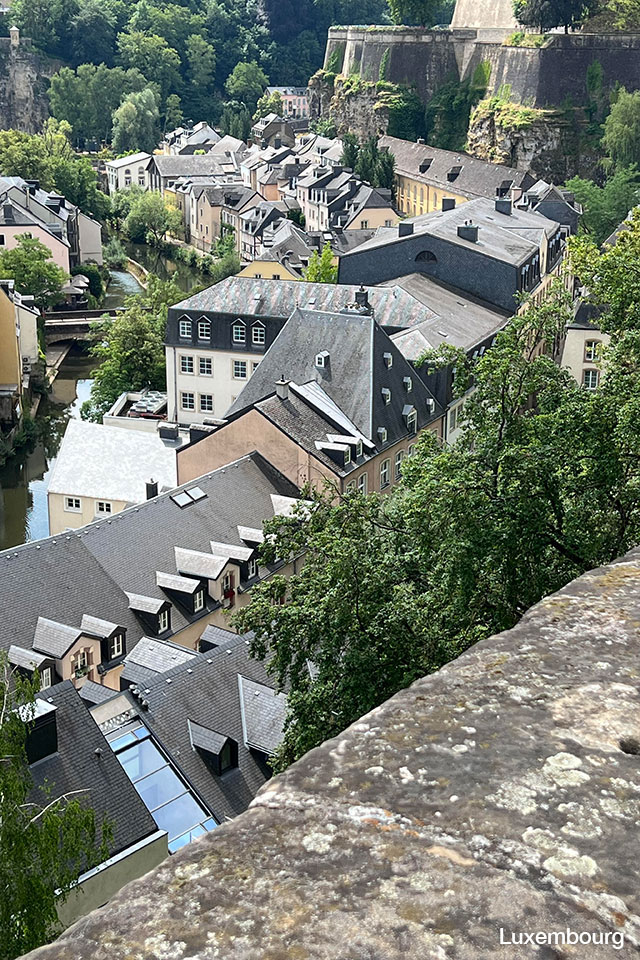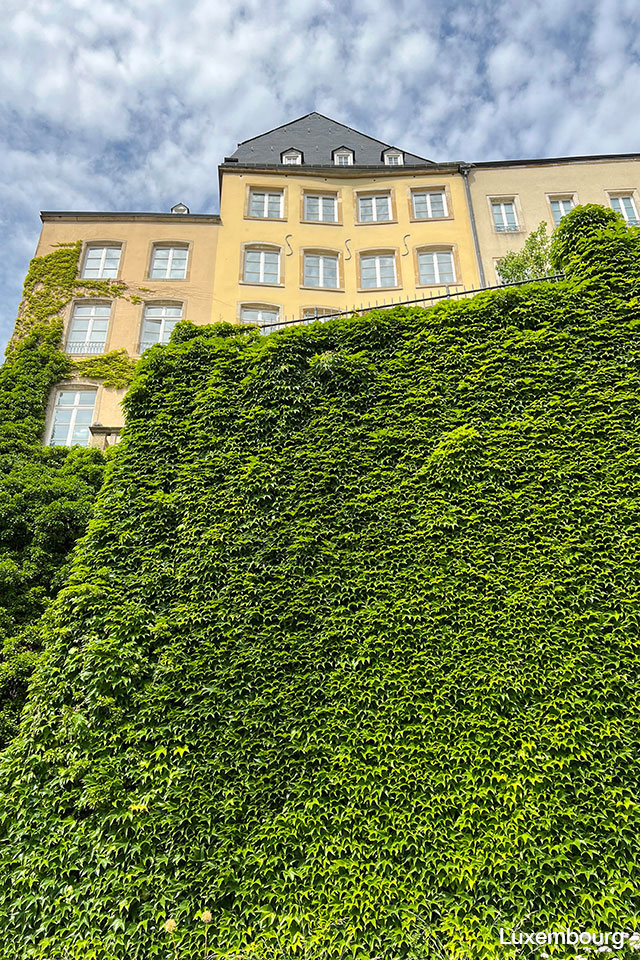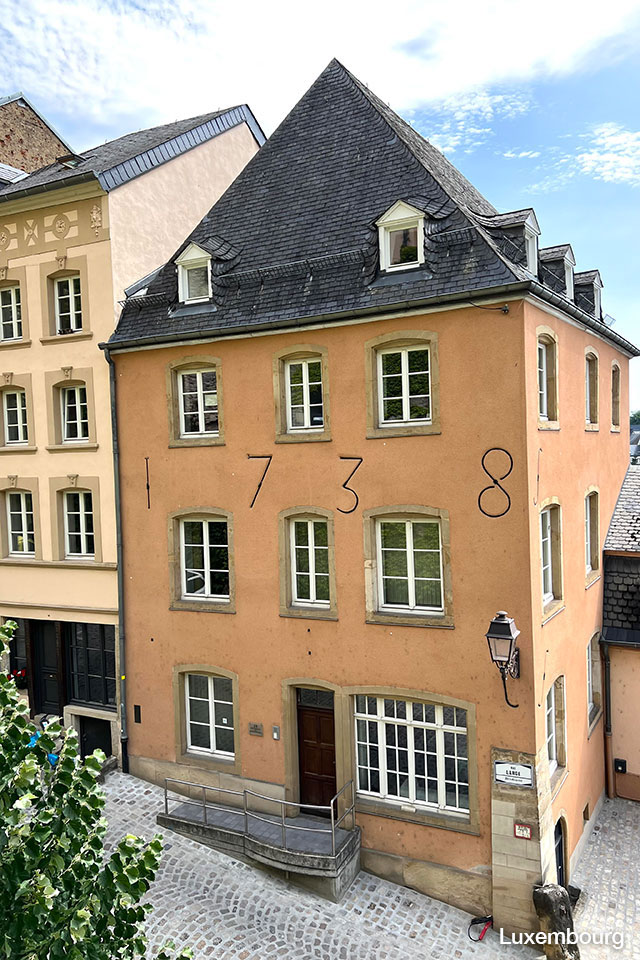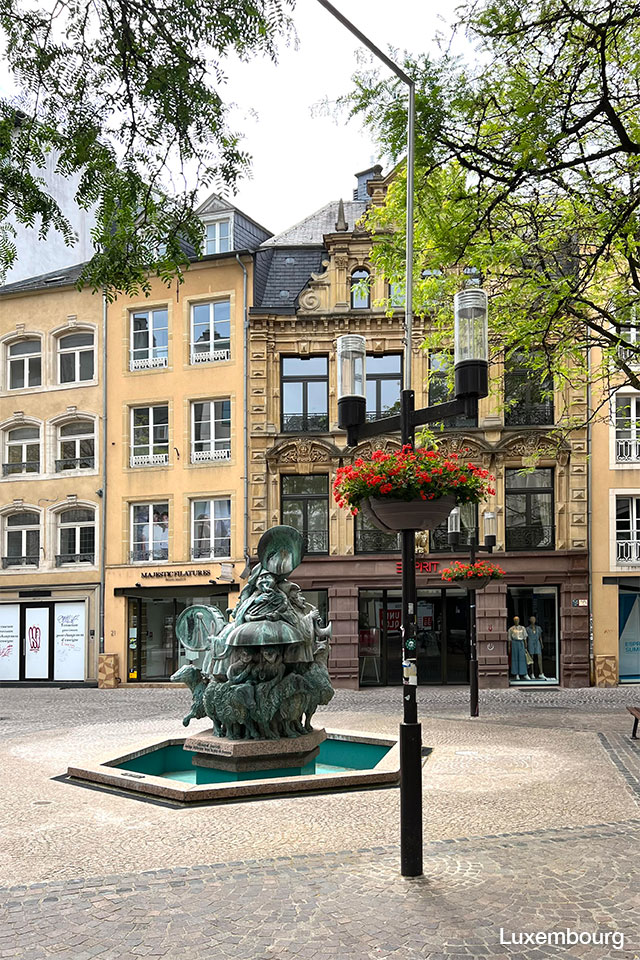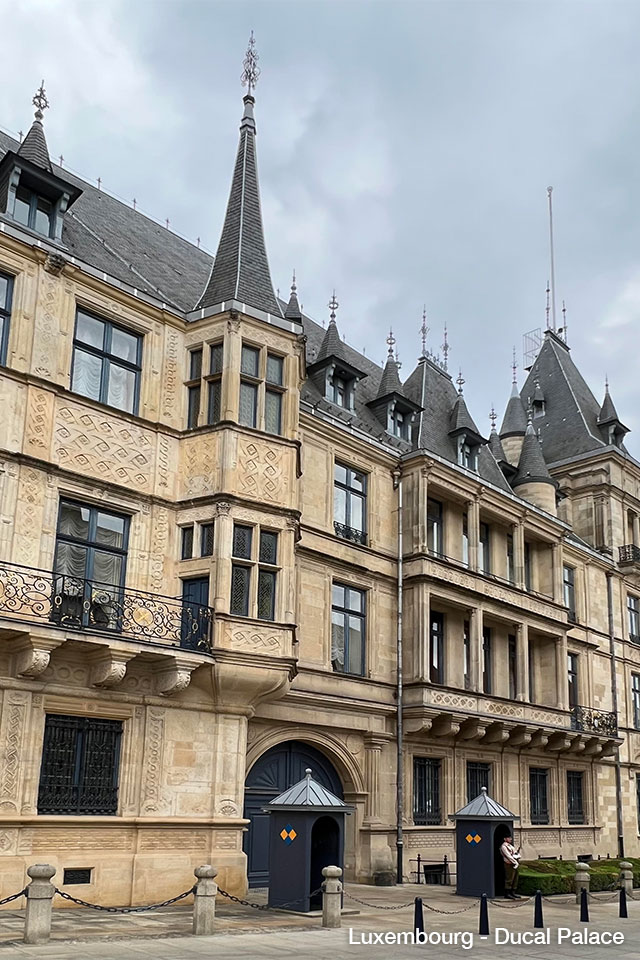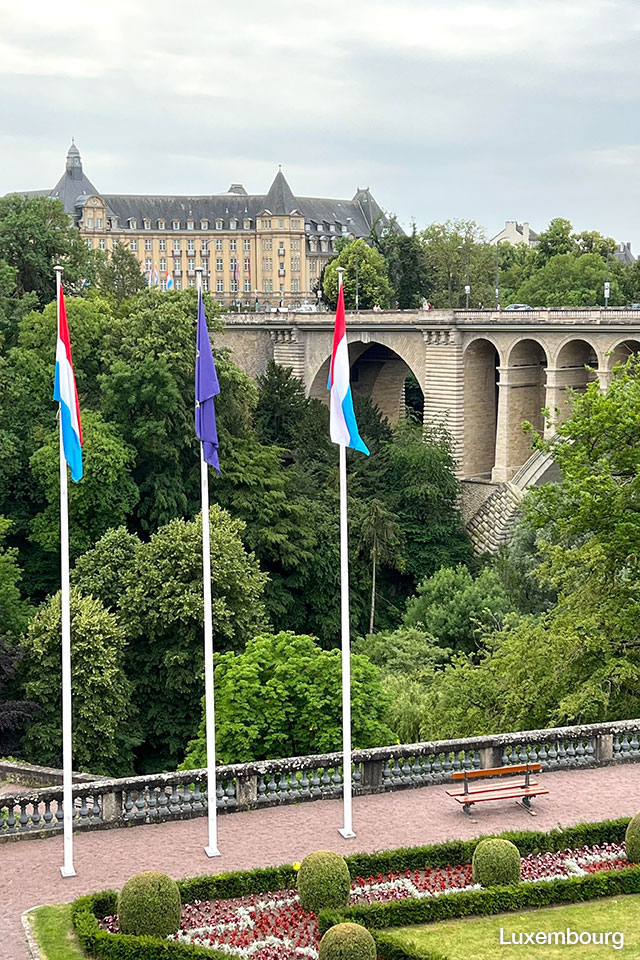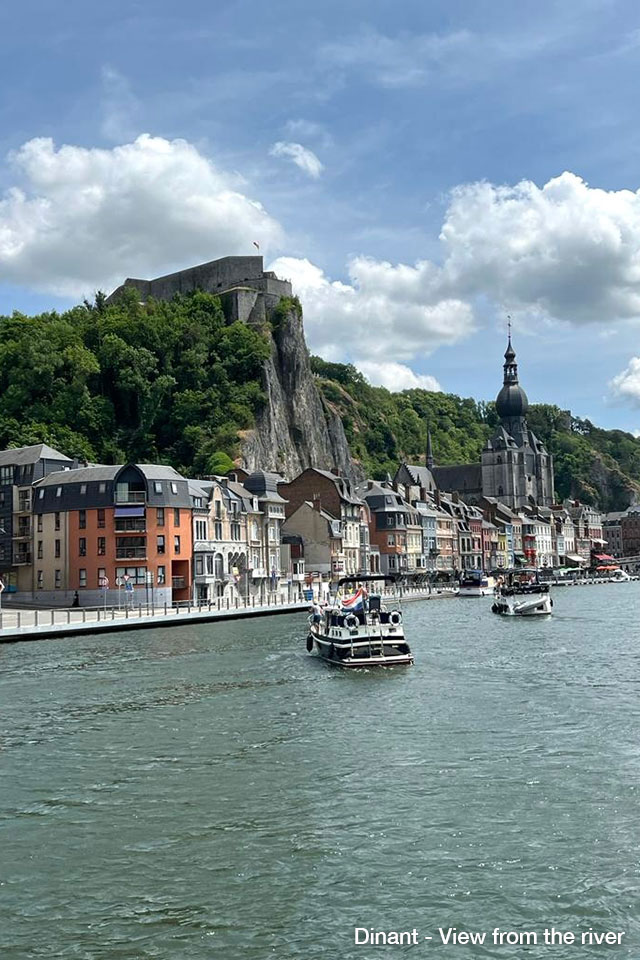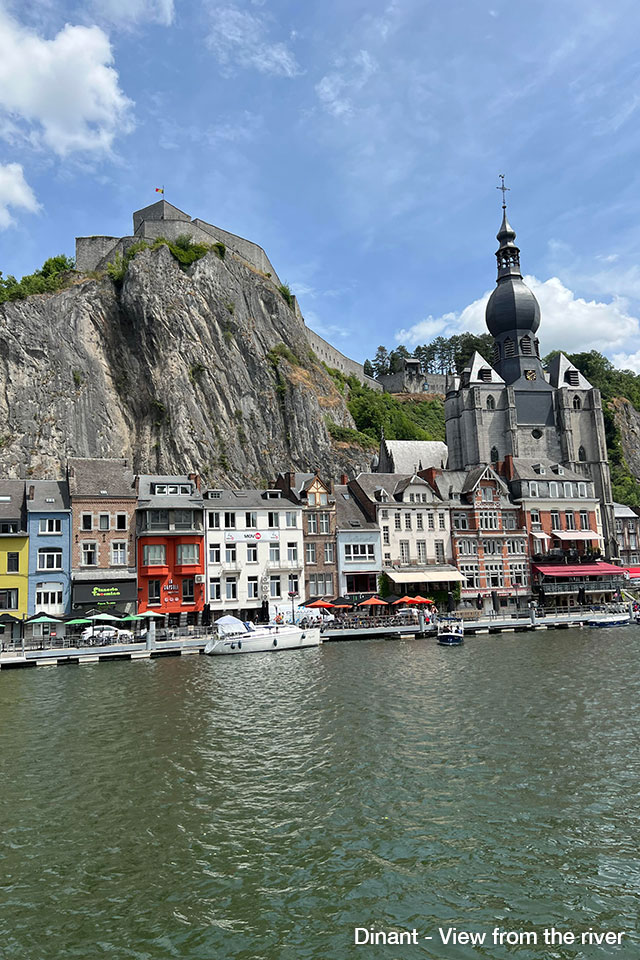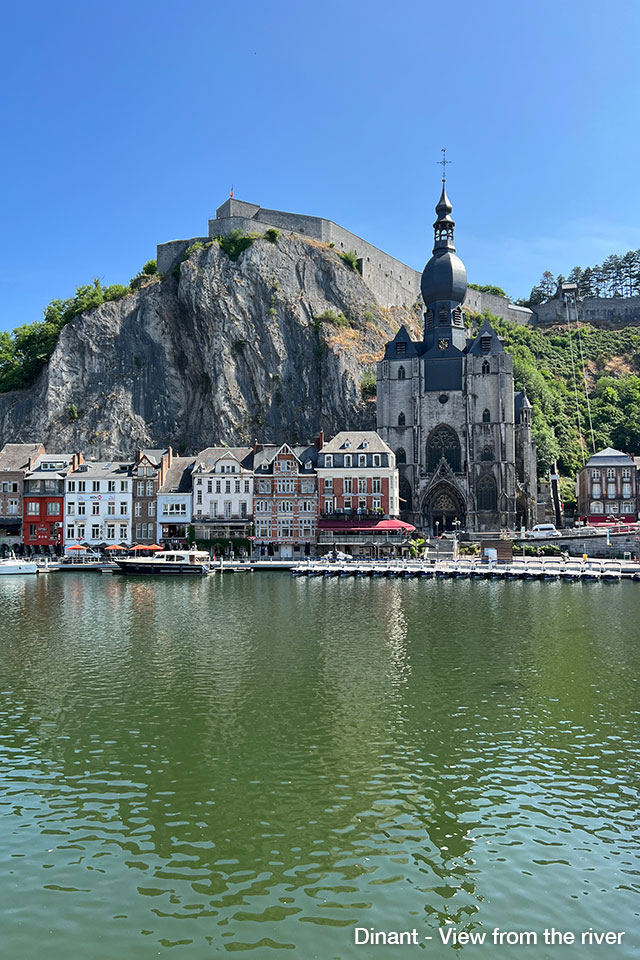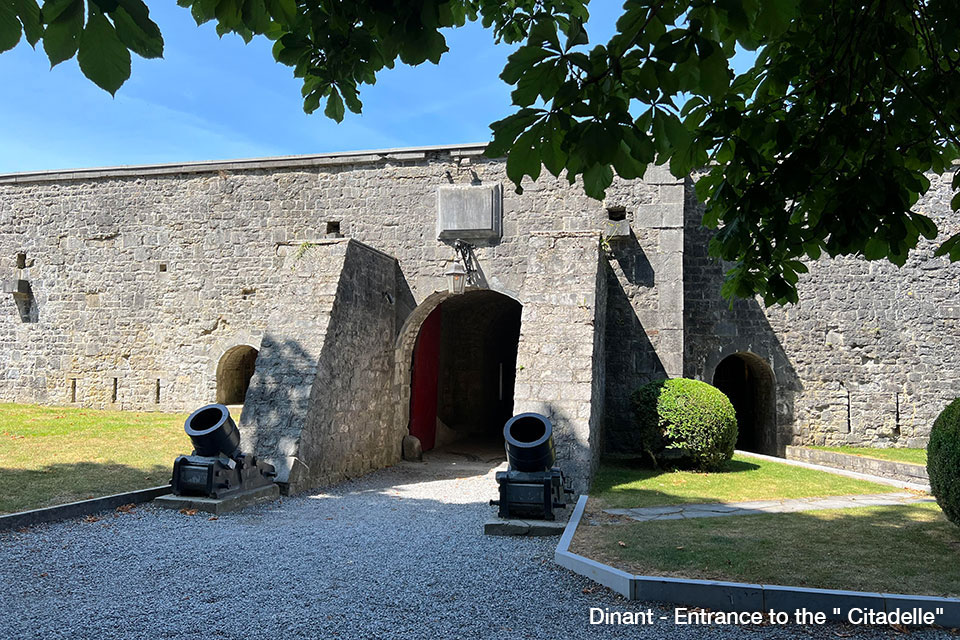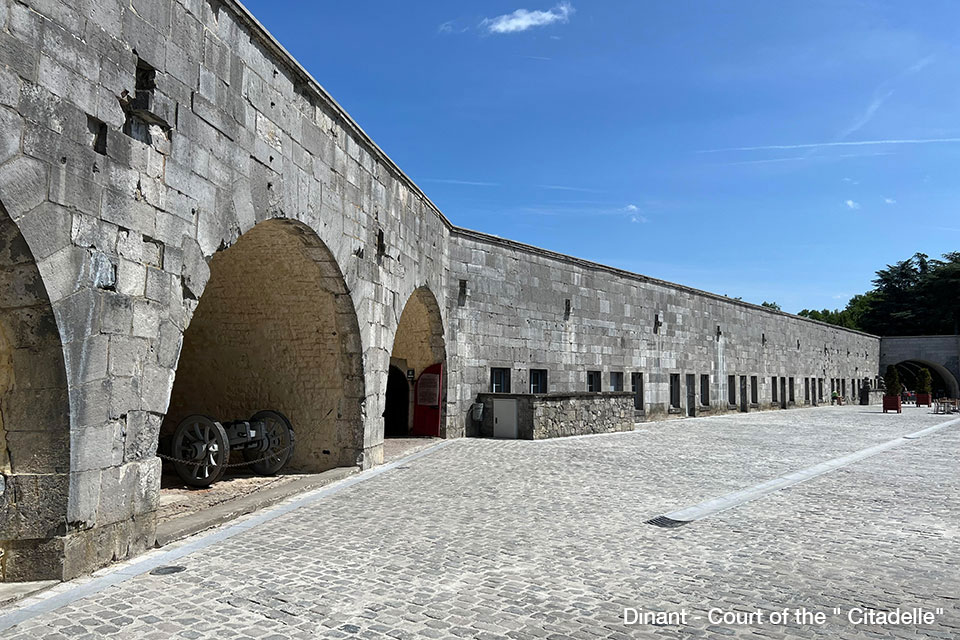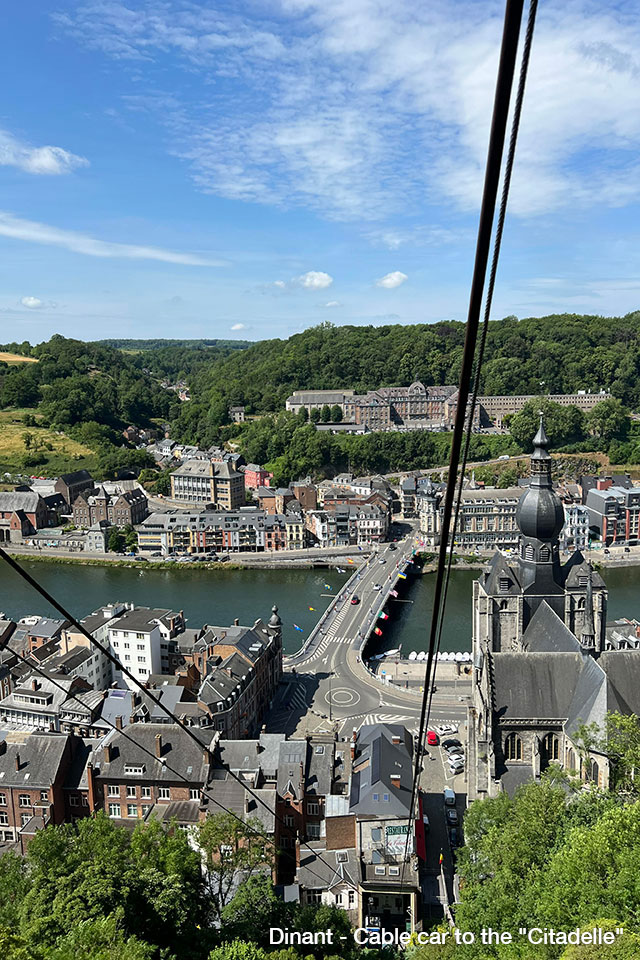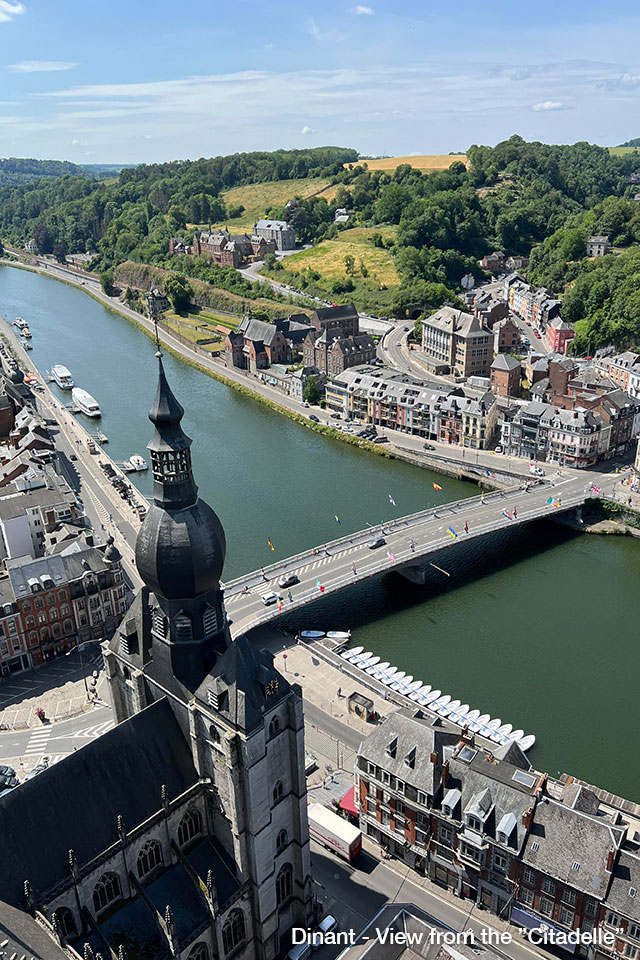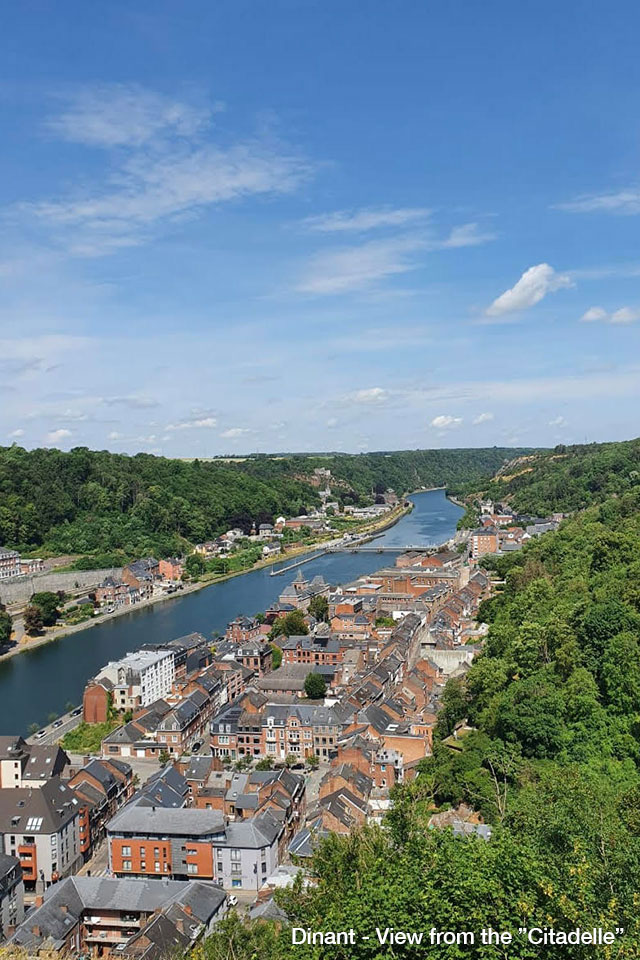Some places in Europe that I had not known.

EUROPE en 2023
This was a four week journey through Europe, exploring unfamiliar places and revisiting some we hadn’t been to for a long time. Traveling in Europe is always appealing, but the abundance of tourists can be overwhelming, diluting an authentic local experience. Airport congestion is worsening, and the once viable option of train travel becomes complicated if you have considerable luggage. We started our trip with a car in Salento, that is the southernmost part of Italy, bordering the Ionian Sea and the Gulf of Taranto. However, this area didn’t captivate us as much as our previous trip to Apulia. We also explored the Southeast Railway to the medieval cities of Otranto and Gallipoli, crowded with tourists but beautifully situated on the sea.

THE JOURNEY HAD THESE STAGES:
1. SALENTO.
2. ISTAMBUL.
3. THESSALONIKI-KALAMBAKA (METEORA)-ATHENS.
4. COPENHAGEN AND STOCKHOLM.
5. TRONDHEIM AND ROROS.
6. LUXEMBOURG AND DINANT.

I always wanted to visit the monasteries perched on the cliffs of Kalambaka (Meteora) in central Greece. After spending three days in Istambul, we flew to the pleasant city of Thessaloniki on the northern coast of the Aegean Sea, from where we drove to Kalambaka (Meteora). I imagined one had to drive through narrow gravel roads to reach the stairs to their entrances. Contrary to all precautions, the road connecting all the monasteries is straightforward, wide, well-paved, with protections in the winding parts, and can be completed quickly. The landscapes along the route are beautiful, changing at every curve. The monasteries, mostly reconstructed, felt more like inns for tourists than for secluded monks. From there, we continued by car to Athens, where we spent only one night, but it was enough to climb (one more time) The Acropolis to the Parthenon and then stroll through the lovely Plaka neighborhood.

It had been many years since we visited Copenhagen and Stockholm, now overflowing with tourists and “non-Nordic” residents. In just a few days we covered a lot of places and had a good time there. In Copenhagen, we stayed by the entrance of Nyhavn Canal, witnessing the completion of some unappealing new constructions on the Christiania side. The most enjoyable part was the communal dinner at Kanalhusett, a true discovery of flavors of good food and a meeting with people from various countries. We also took a short train trip to Malmö to cross the Baltic via the bridges and tunnels connecting both shores. In Stockholm, we stayed on the central island of Gamla Stan at the small Sven Vintappare hotel in a building of 1607. It was quite an experience being in that tiny medieval building and hauling luggage to the top floor via its very steep and narrow staircase.

Trondheim is located in the central part of Norway, by a large fjord that shelters its port. It’s a beautiful city with a notable Anglican cathedral featuring a central tower nearly 100 meters high and bustling streets with several attractive buildings. Among the lesser-mentioned places in travel guides, I was interested in exploring the remains of a significant Nazi submarine base built by the Germans after the invasion of Norway in 1940. This former military base is close to a new commercial mall area, and you can see the locks and dry docks for maintaining these submarines and two of the huge winches used to place and lift submarines into the water. A nice section of the city lines the Nidelva River, where an old wooden bridge connects to a picturesque part of the town. Also surviving the modernisation of urban transportation is an old tram line that takes a beautiful route along the hills surrounding the city.

Trip from Trondheim to Roros and return to the airport.
Røros is a small town in central Norway that was the center of copper mining from the 17th century until the mid-1970s when this activity ceased due to the depletion of the deposits. There’s a significant area of dark wooden houses where the miners lived, forming an interesting architectural ensemble designated as a UNESCO World Heritage site. Like all places with such status, Røros has become excessively saturated with tourist shops. Despite this, it retains its heritage charm, and the beautiful journey to get there, surrounded by pines and birches along rushing rivers, is worthwhile to drive.

To conclude our 2023 European journey, we connected in Amsterdam to Luxembourg. The Grand Duchy has around 650,000 inhabitants, nearly half of whom are not native to the country. Its capital city (of the same name) has charming parts with remnants of its impressive fortifications along the winding river that surrounds it. The high living standards of the society are evident everywhere. From there we took a train to Dinant in Belgium, whose images intrigued me, due to its location on the Meuse River in front of a steep hill and a distinctive church tower ending with an onion shape. The medieval fortress on the hill (accessible by funicular) was rebuilt several times, with its final form dating back to 1820 when Belgium was “invented” after the Battle of Waterloo in 1815. This “Citadelle” witnessed several battles by German and Allied forces during World War I.

